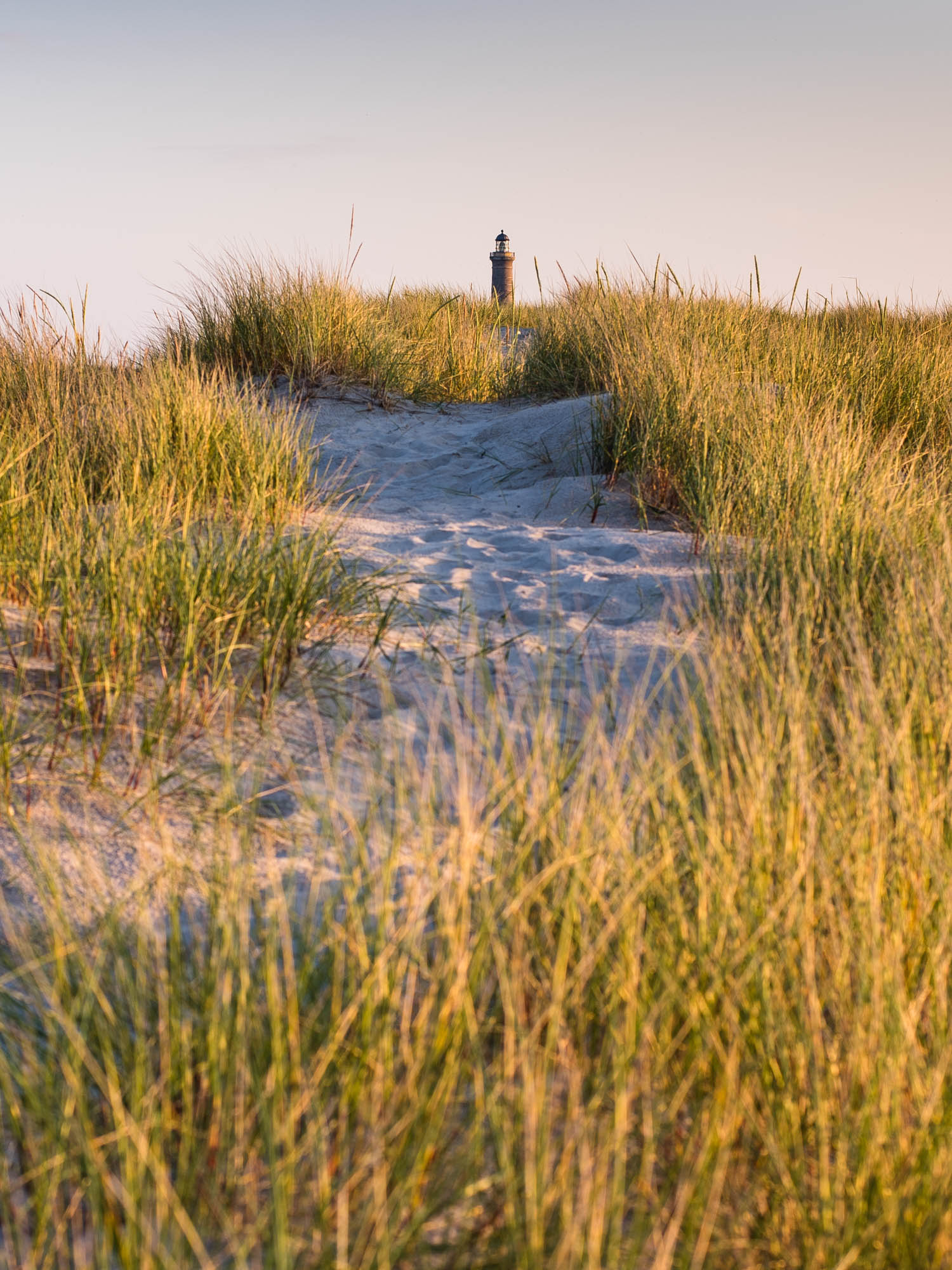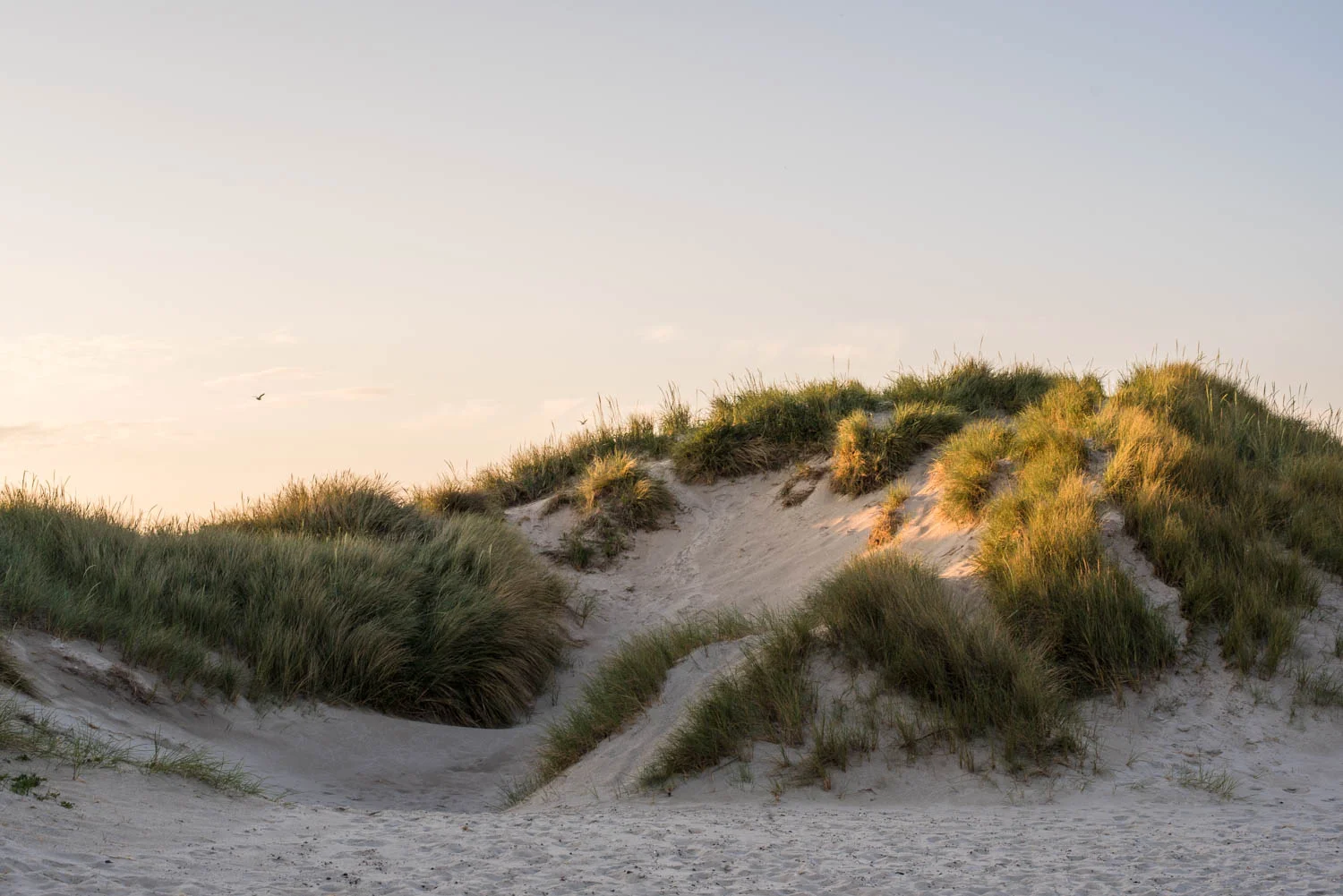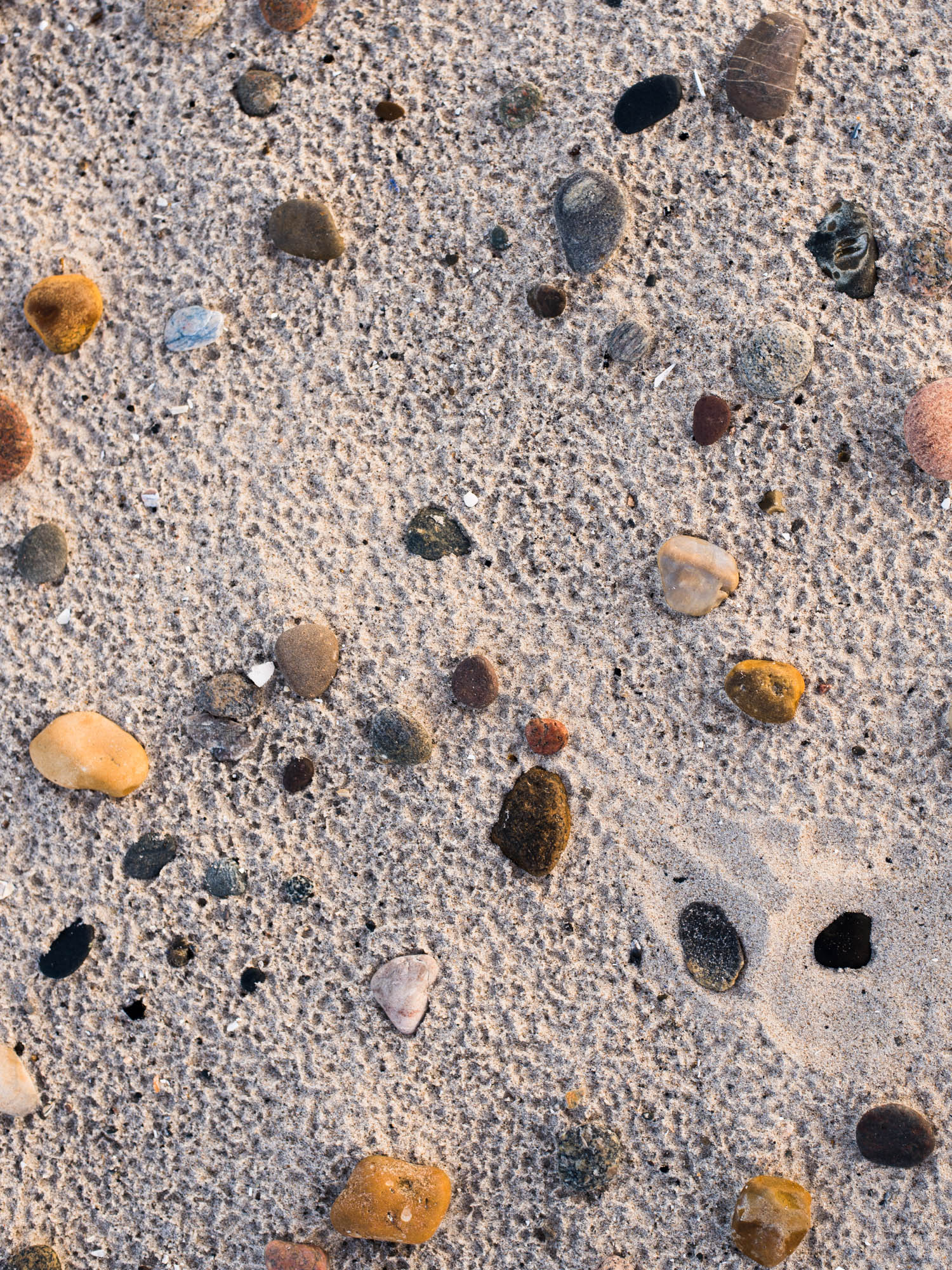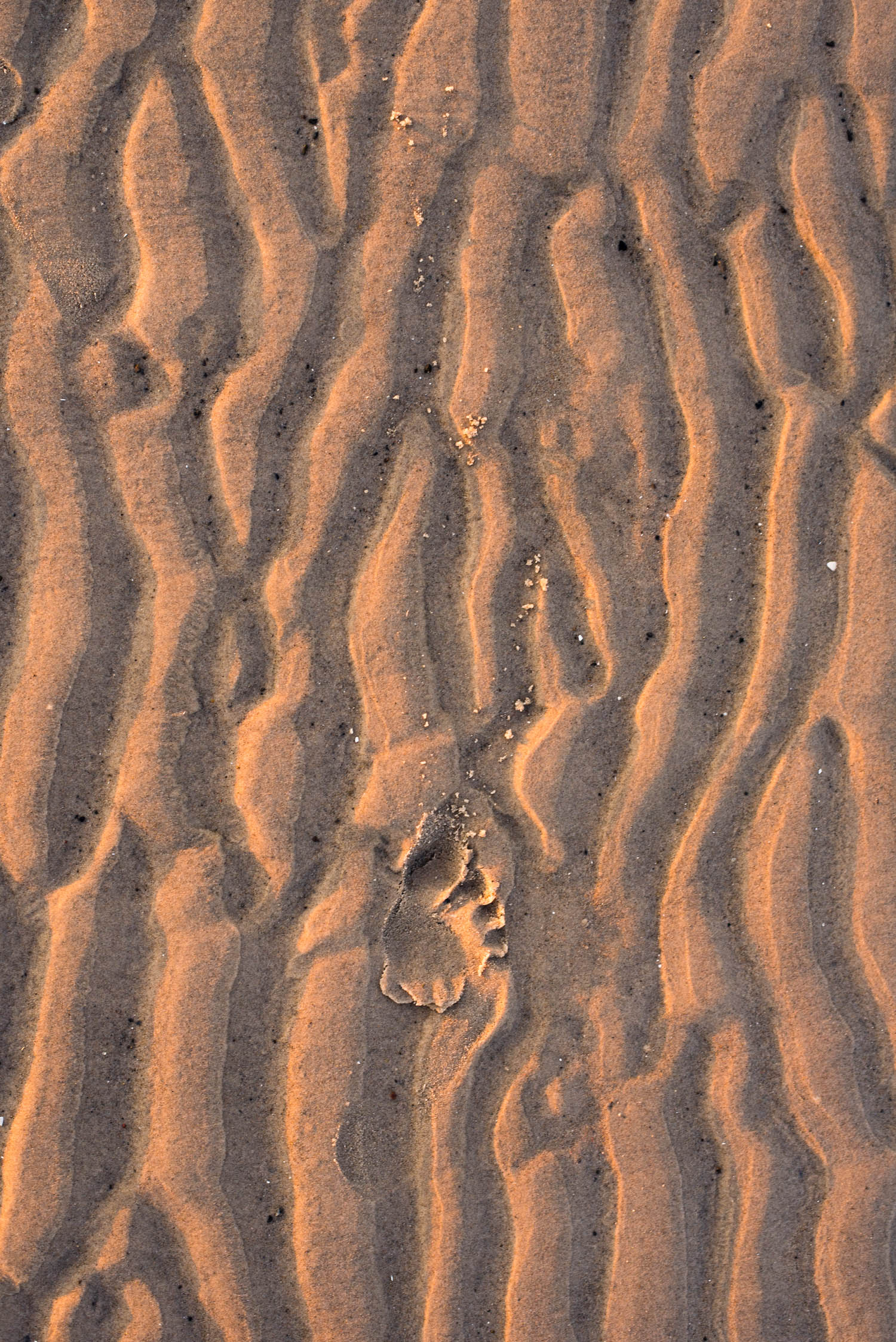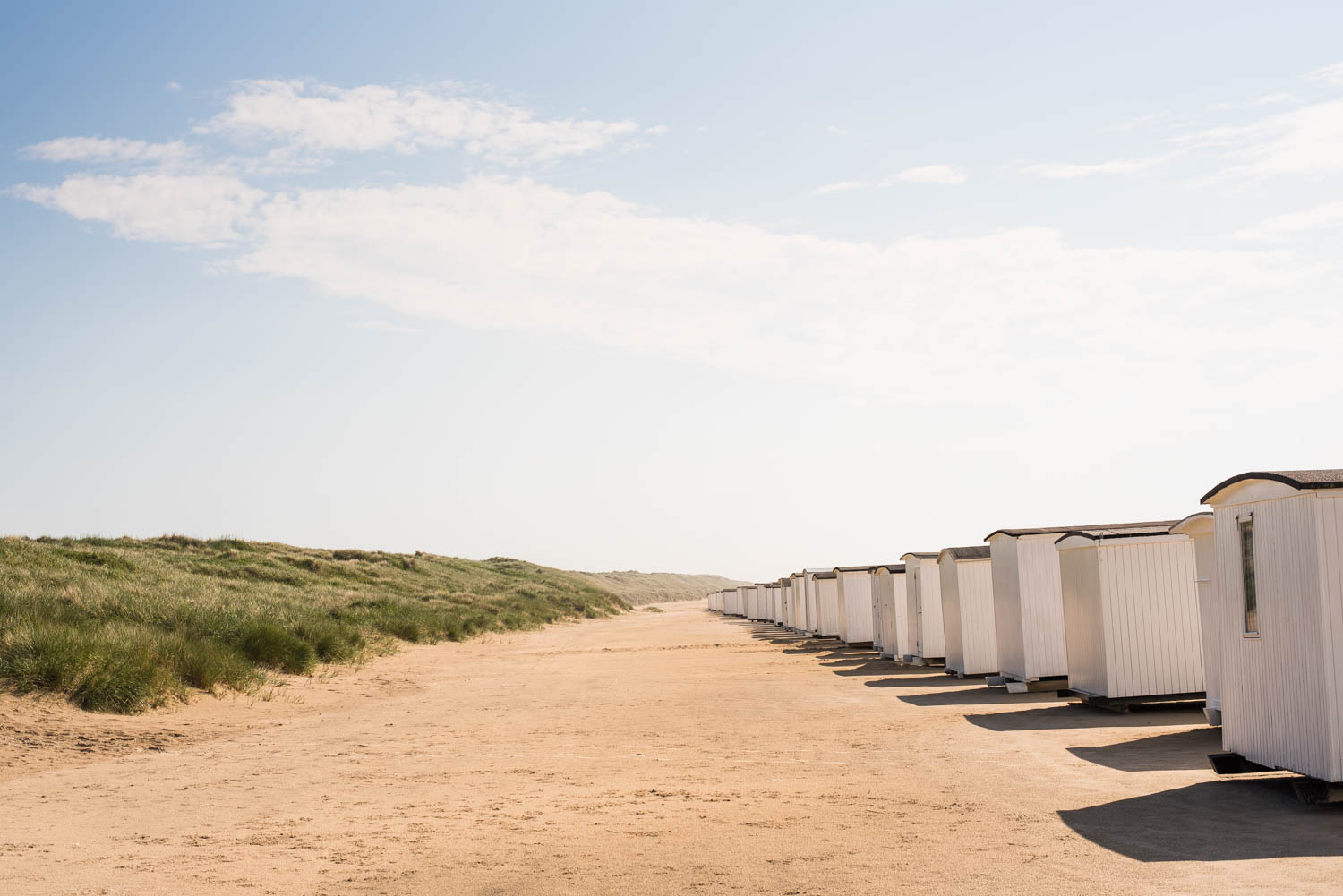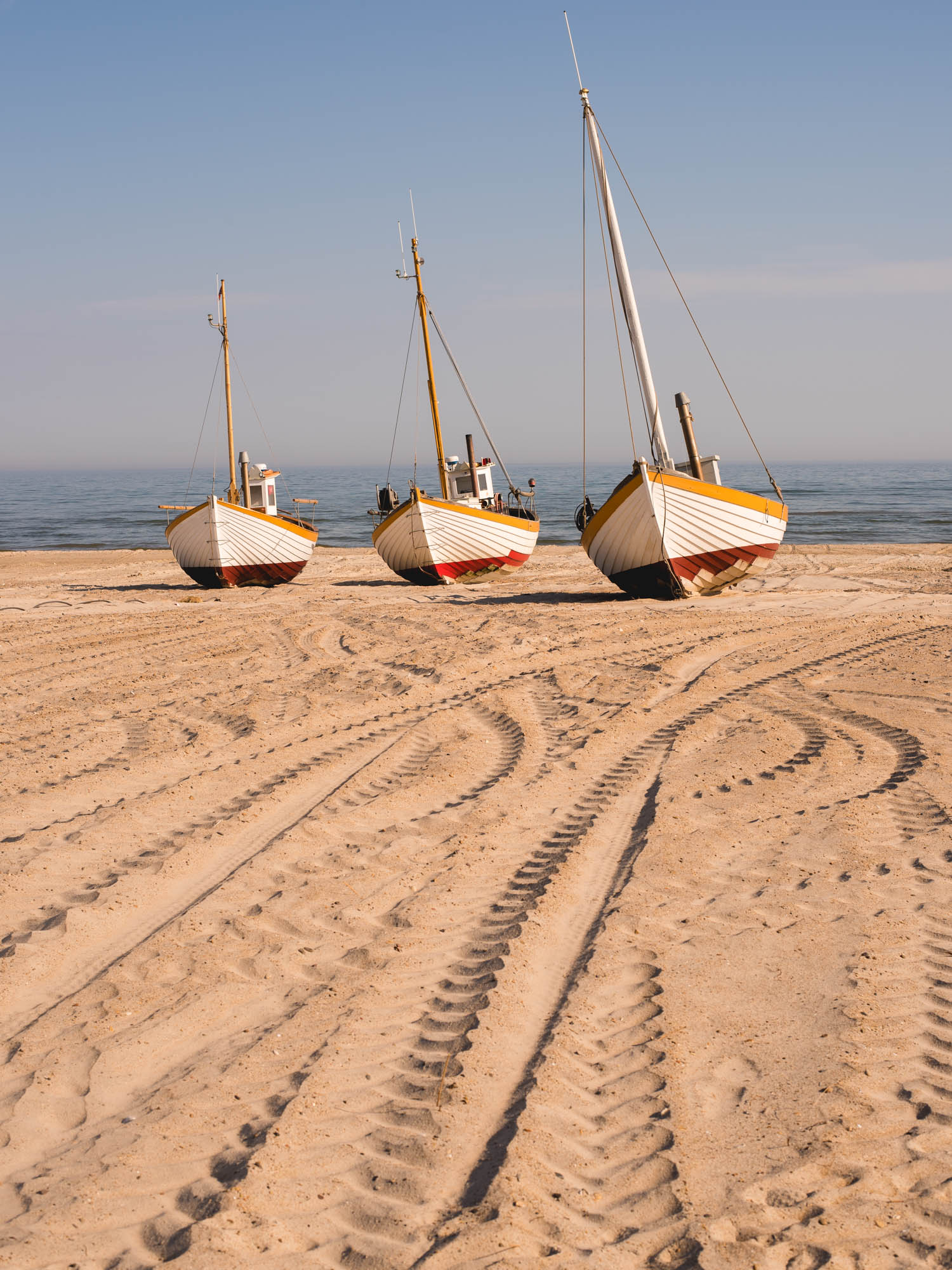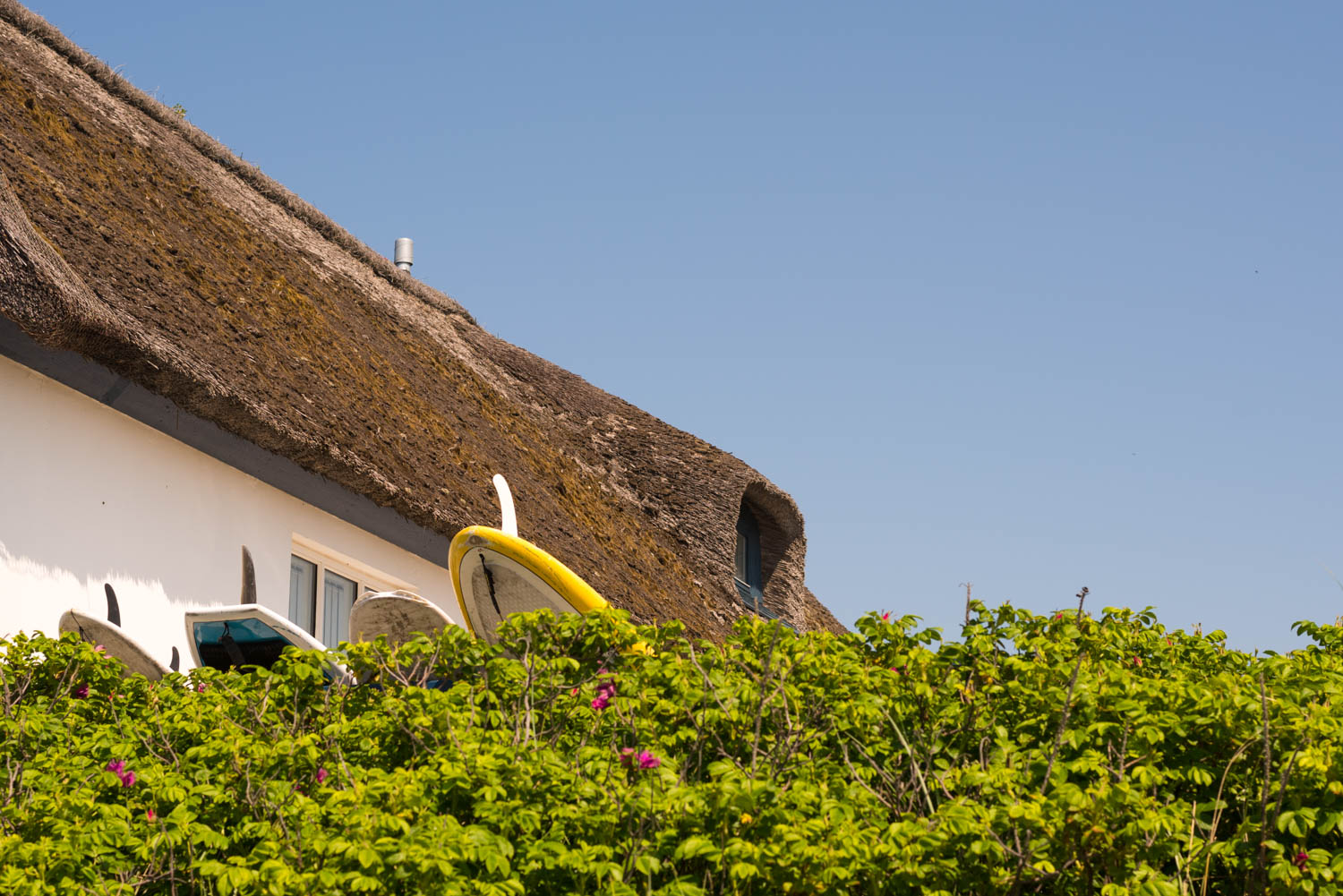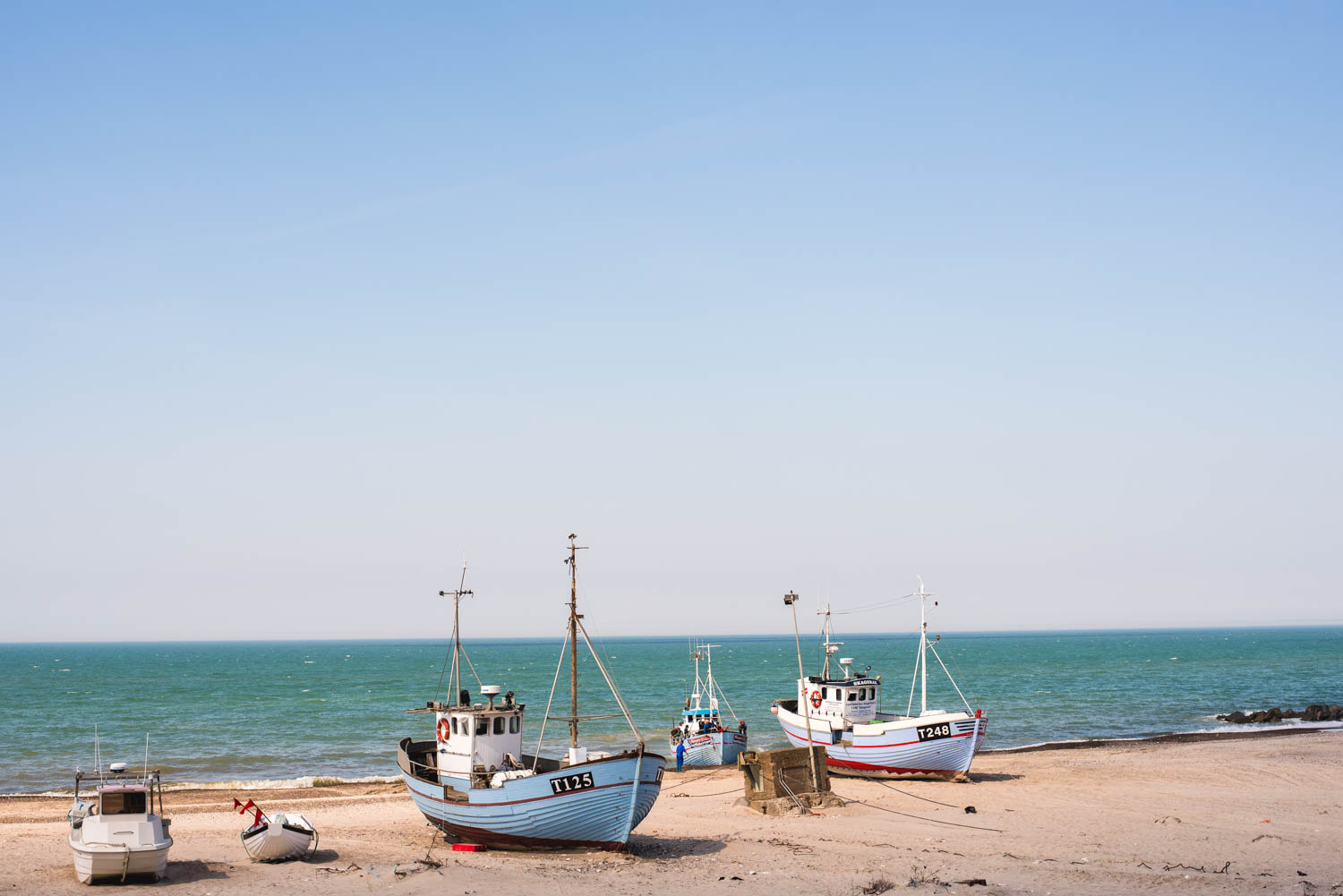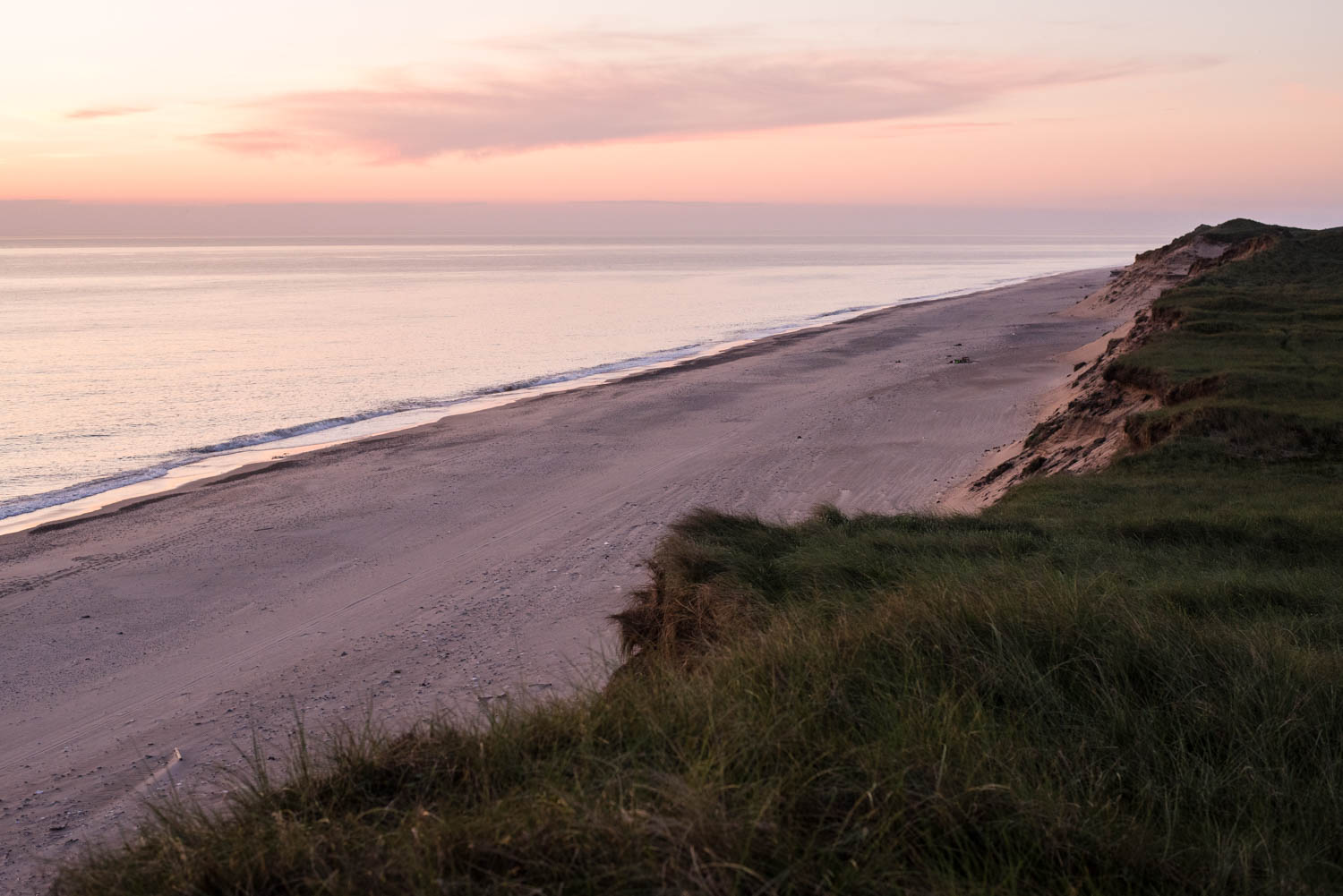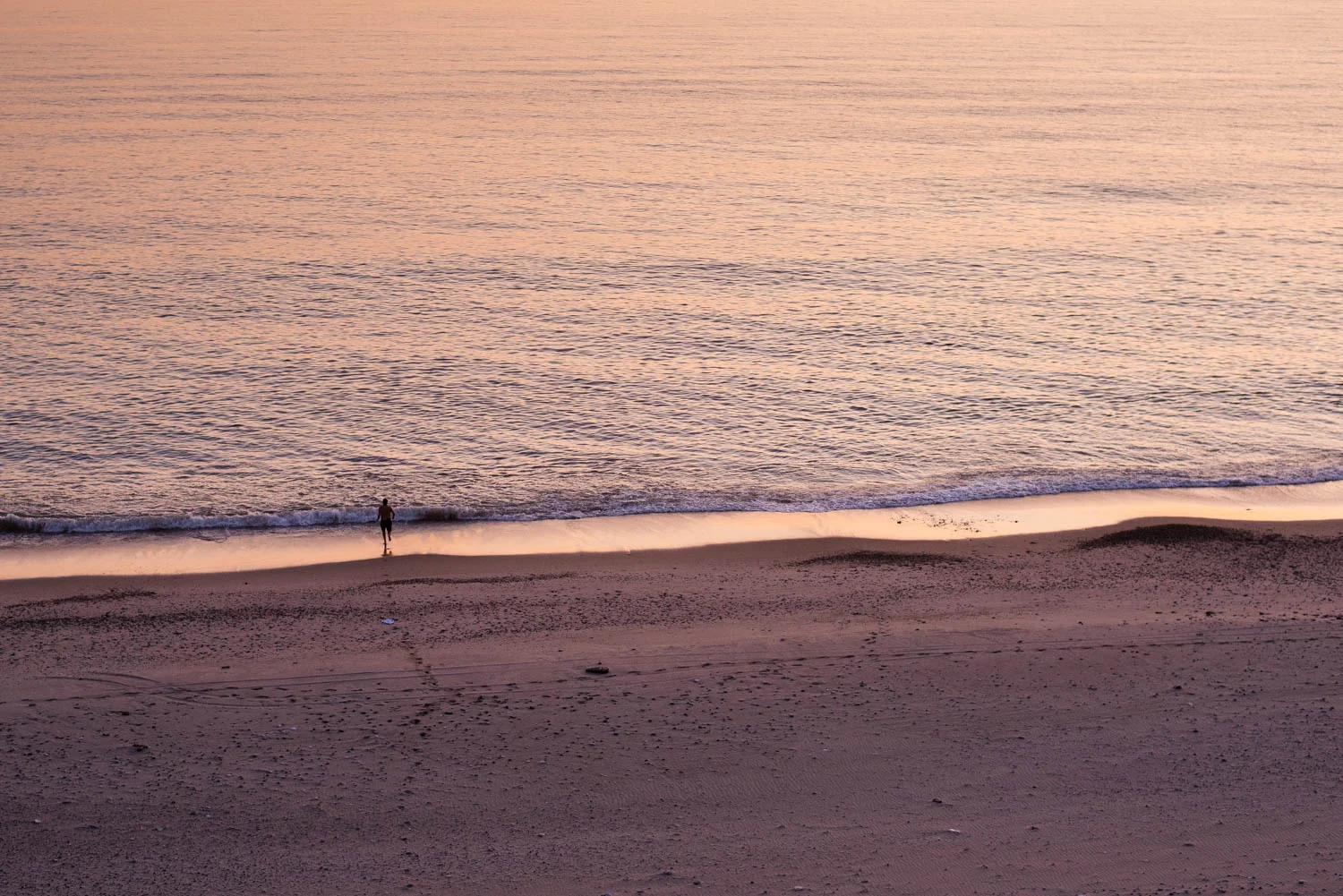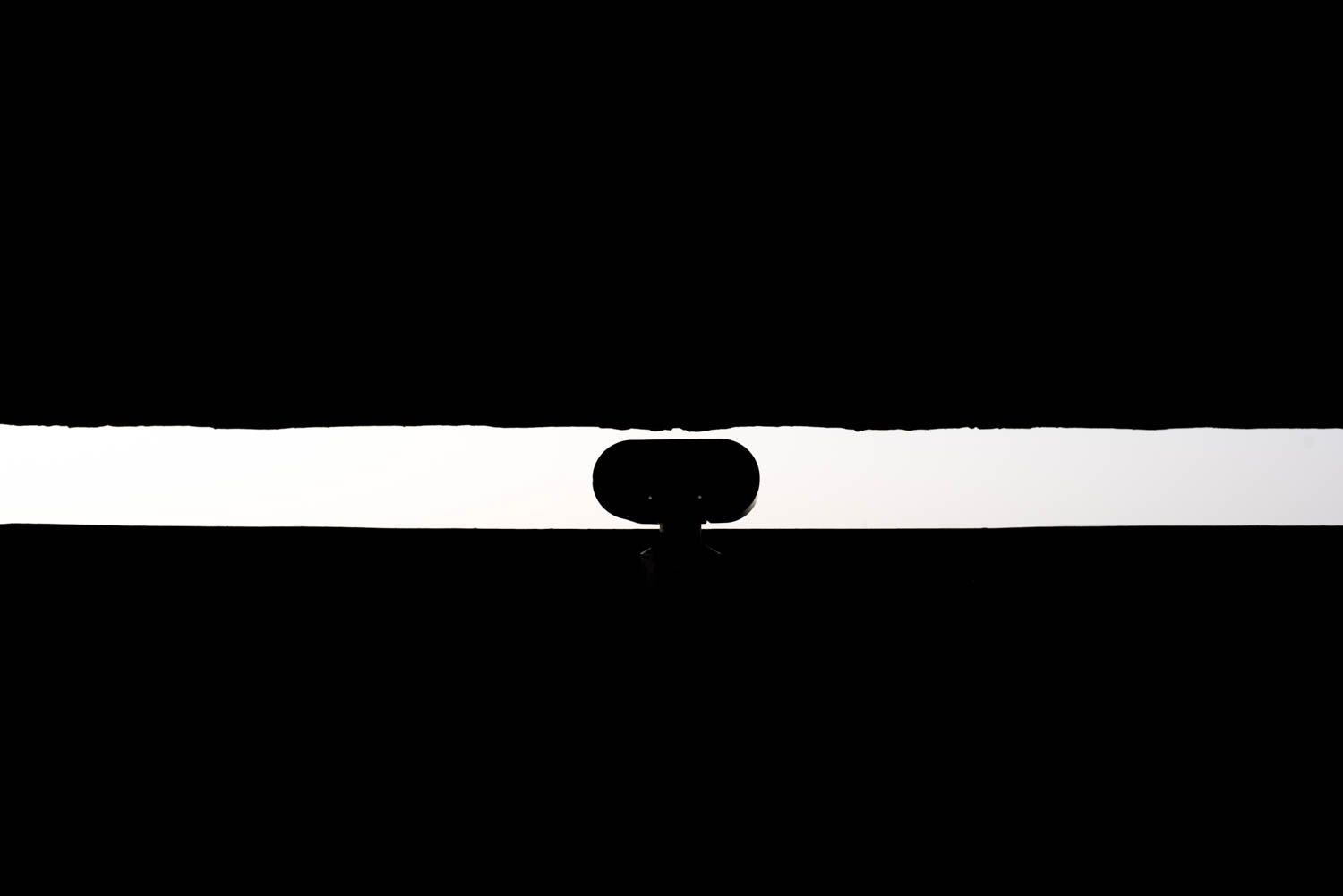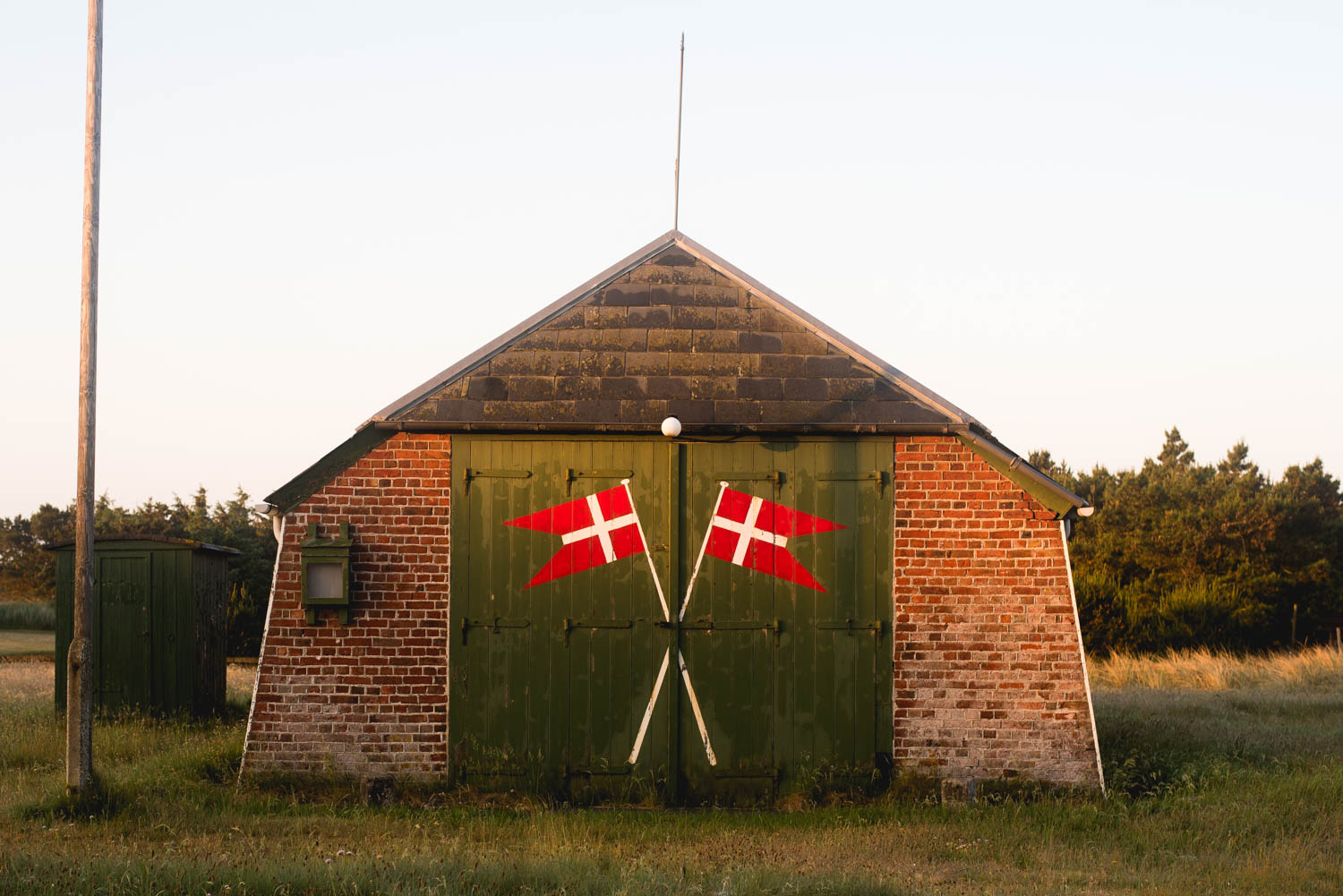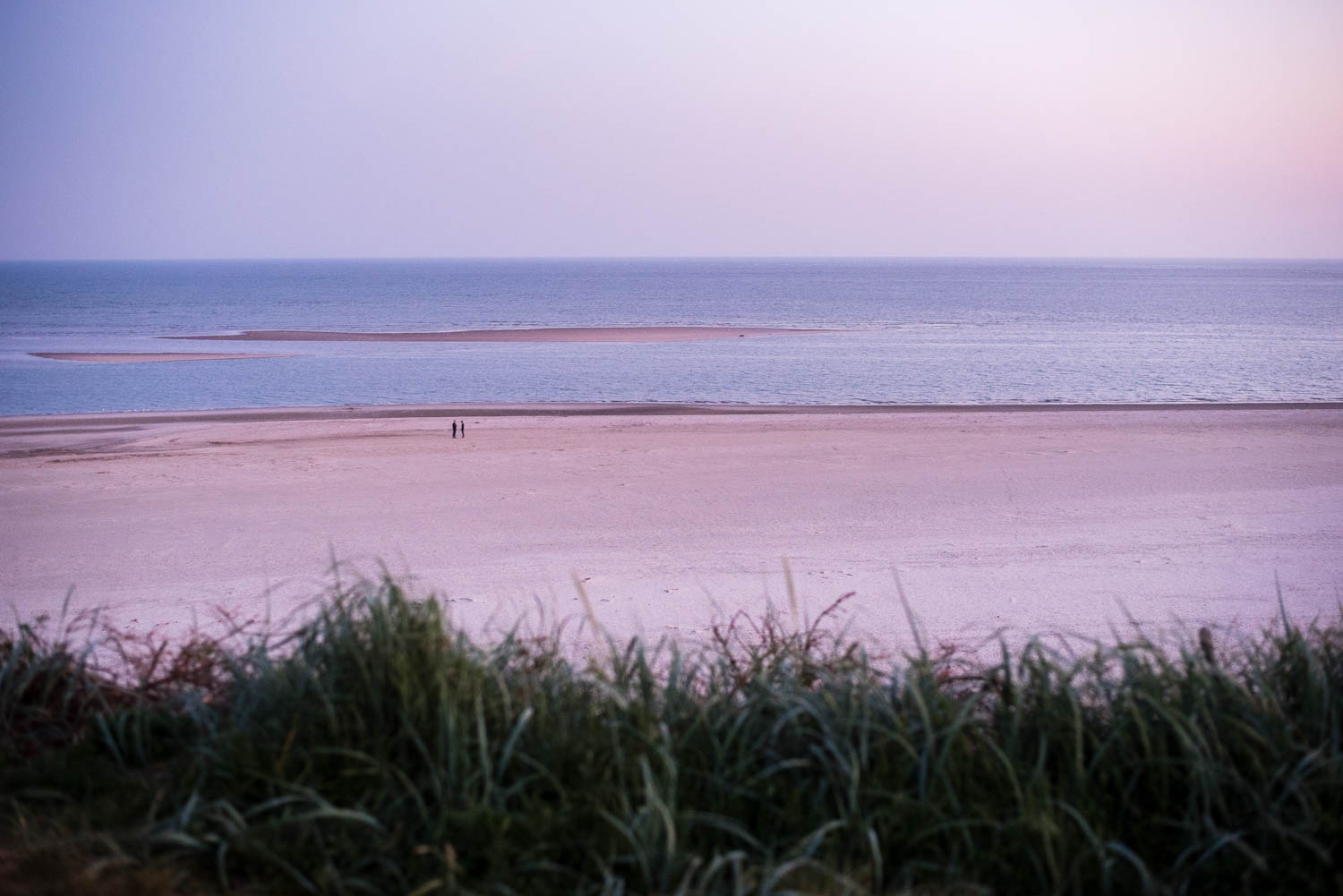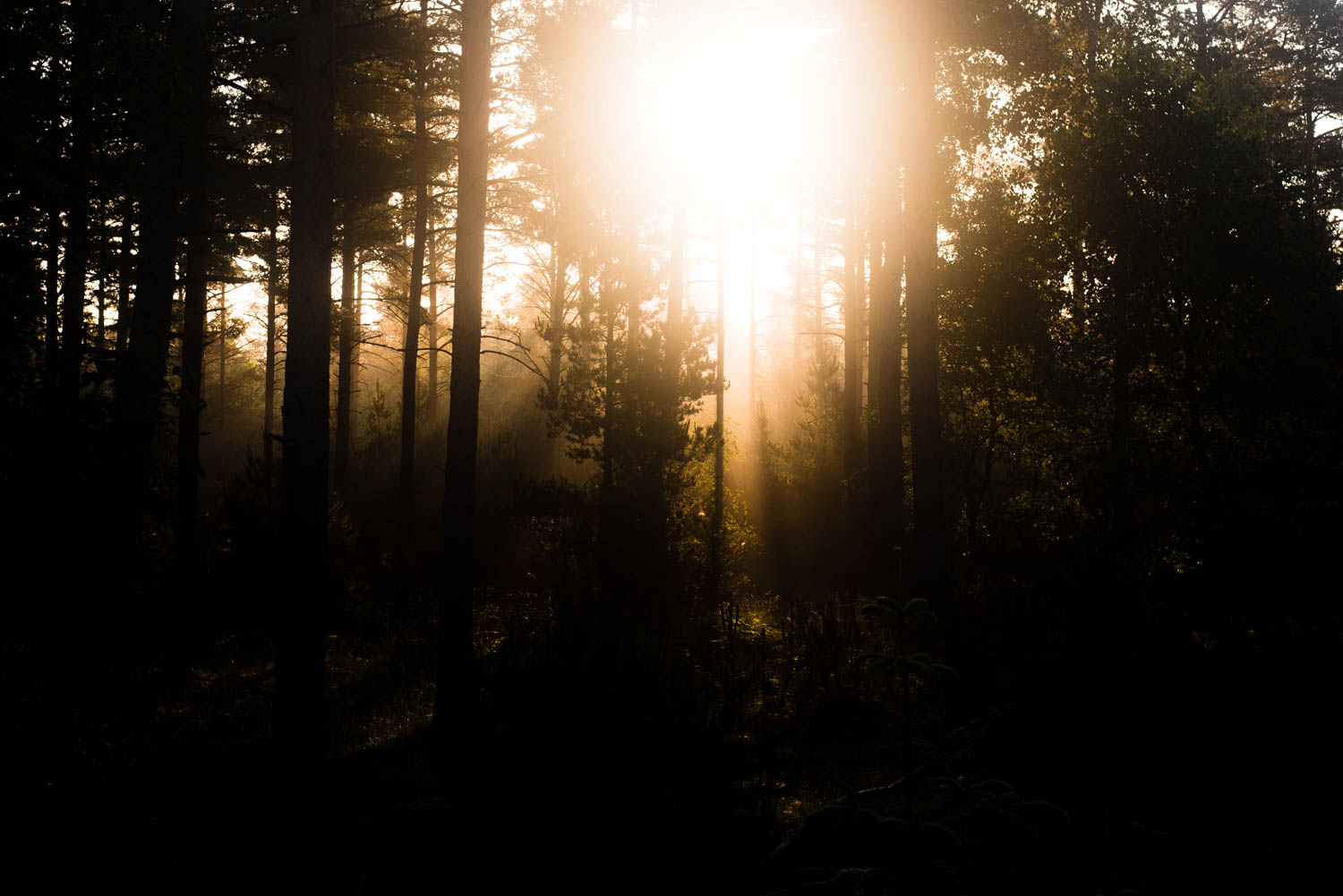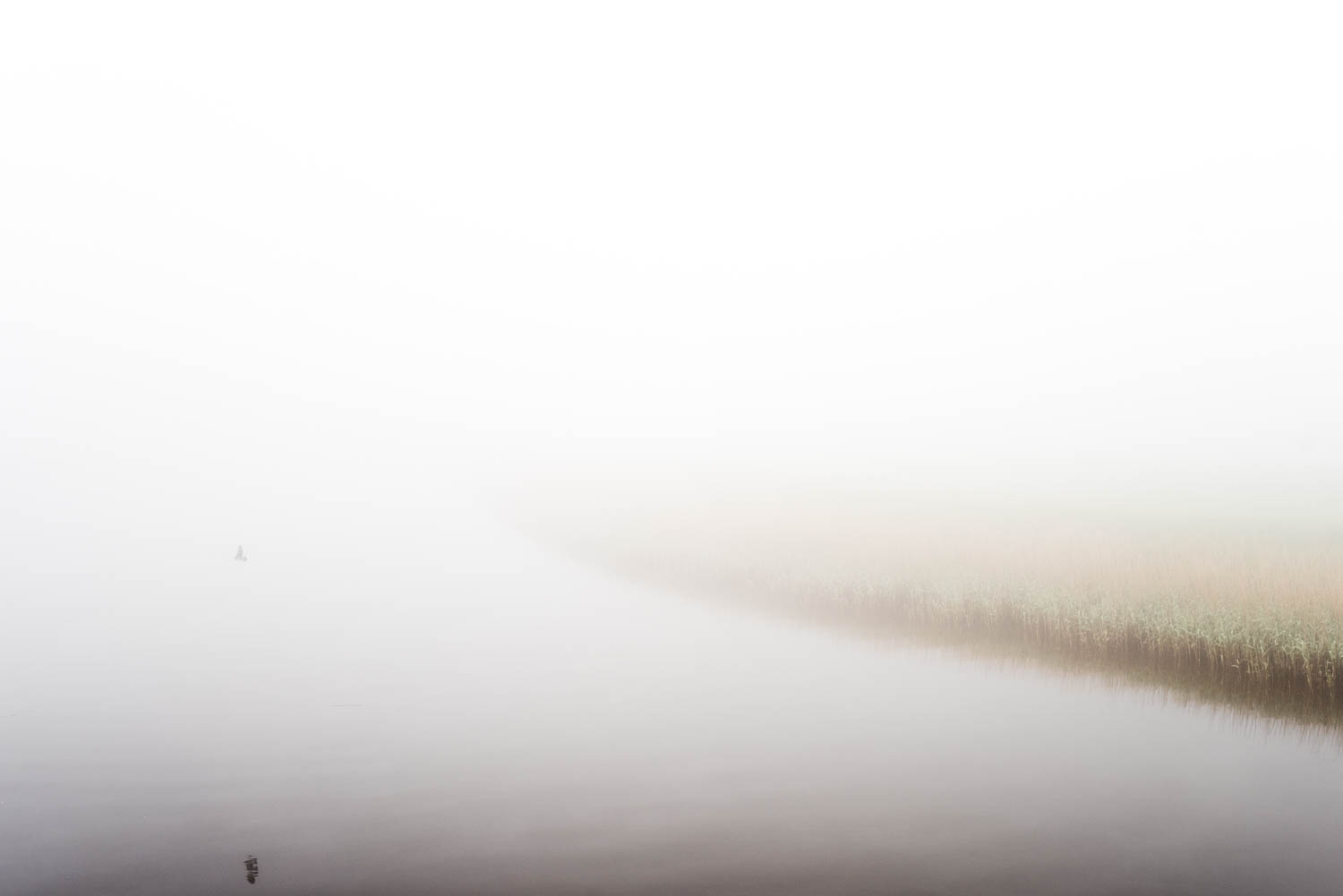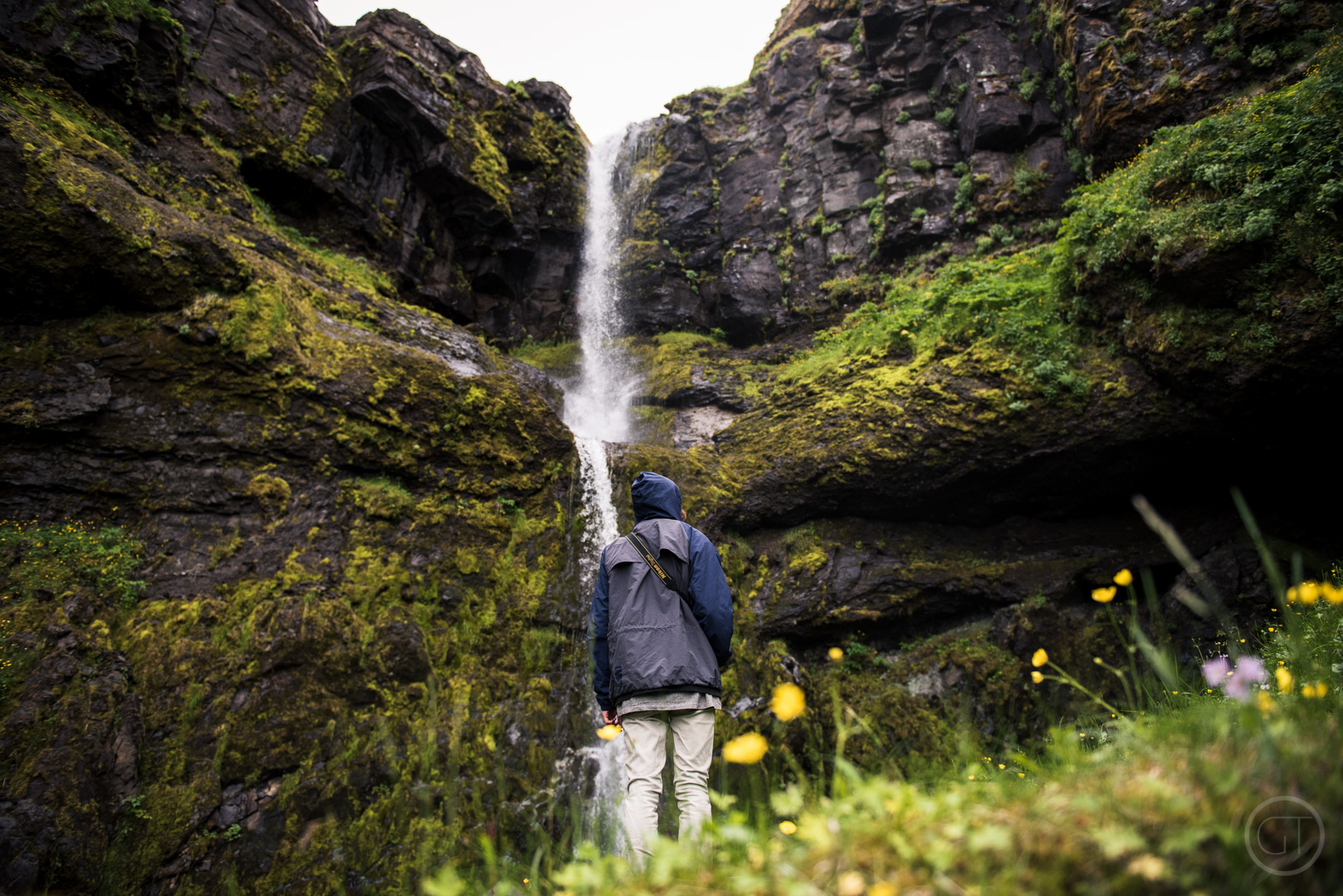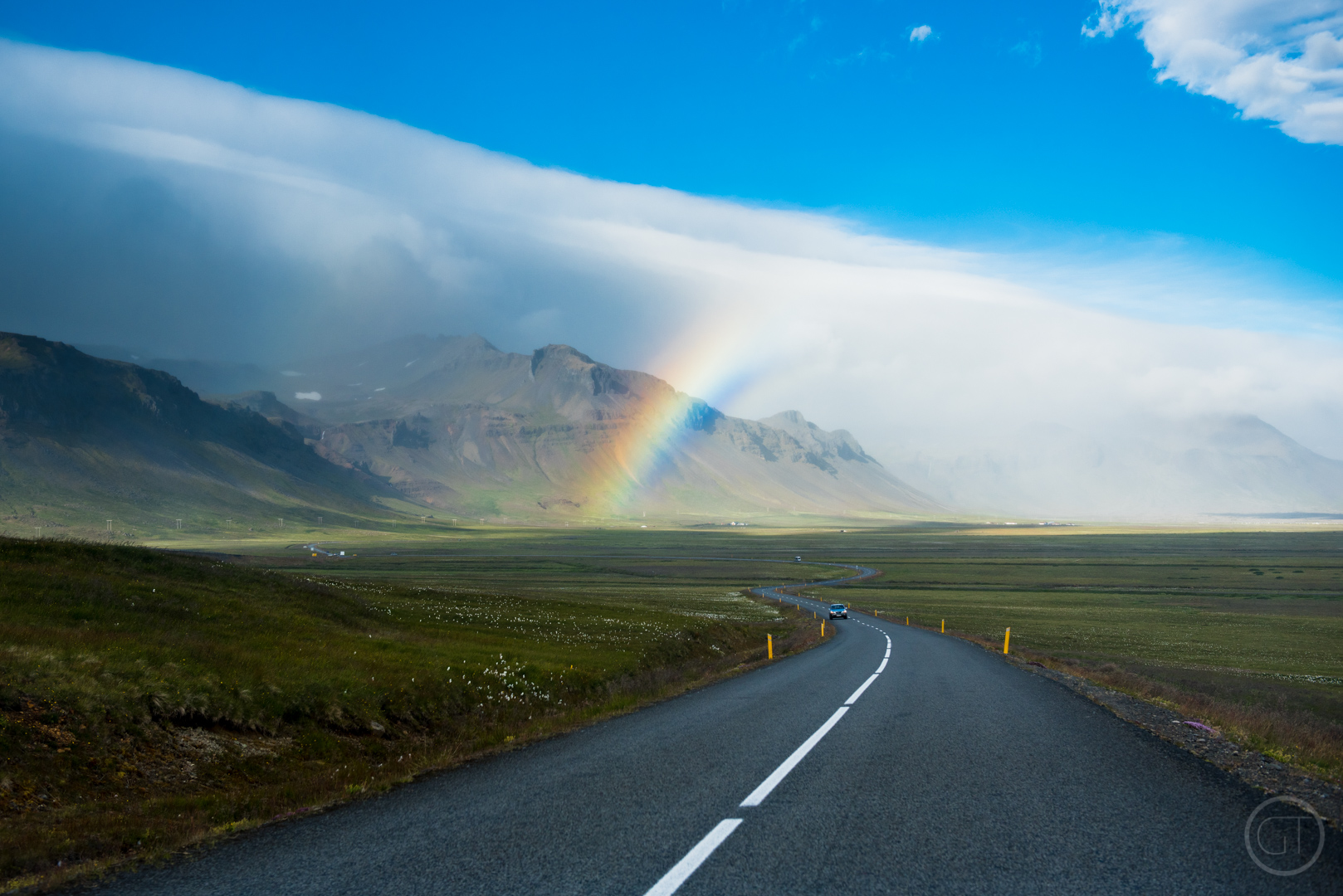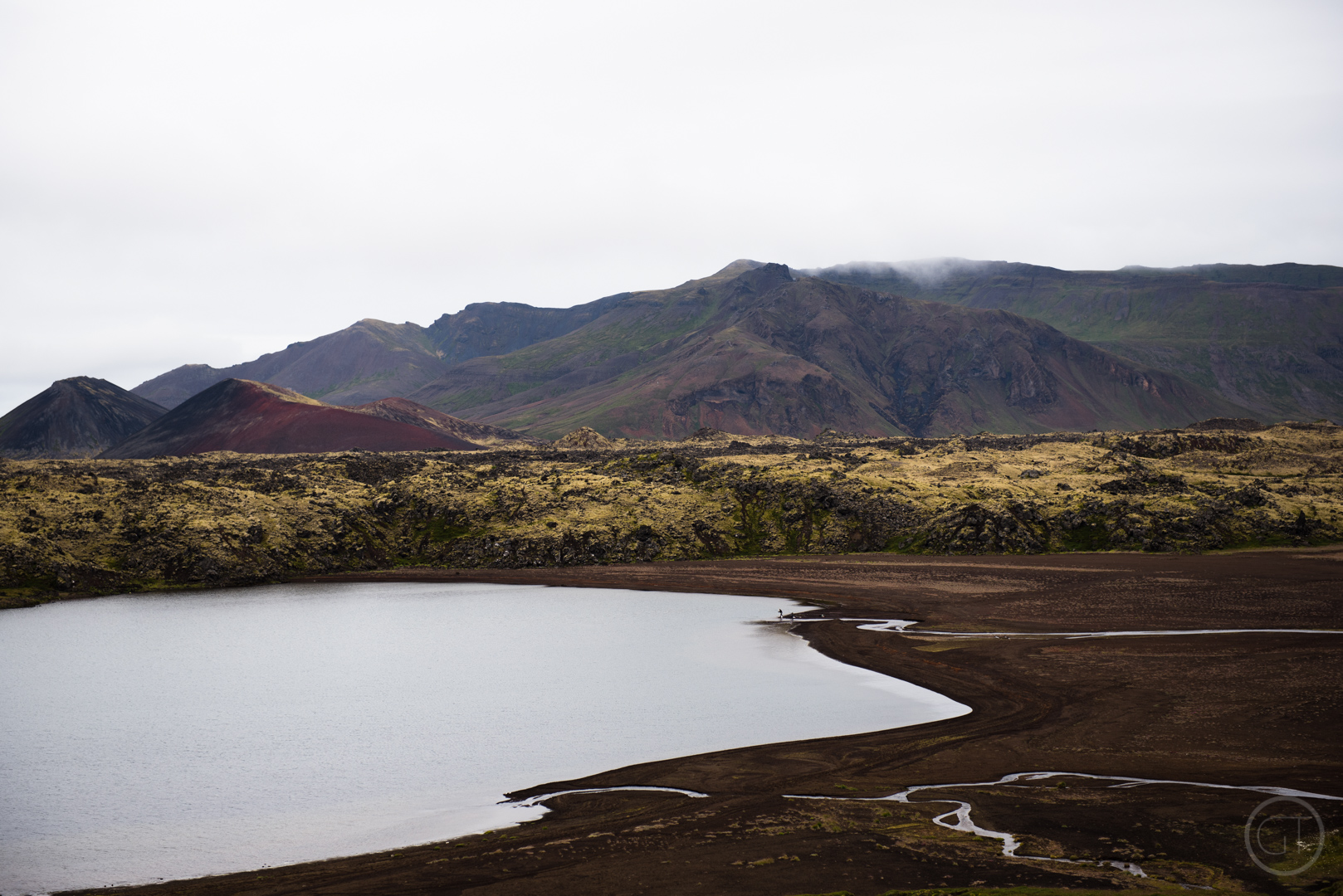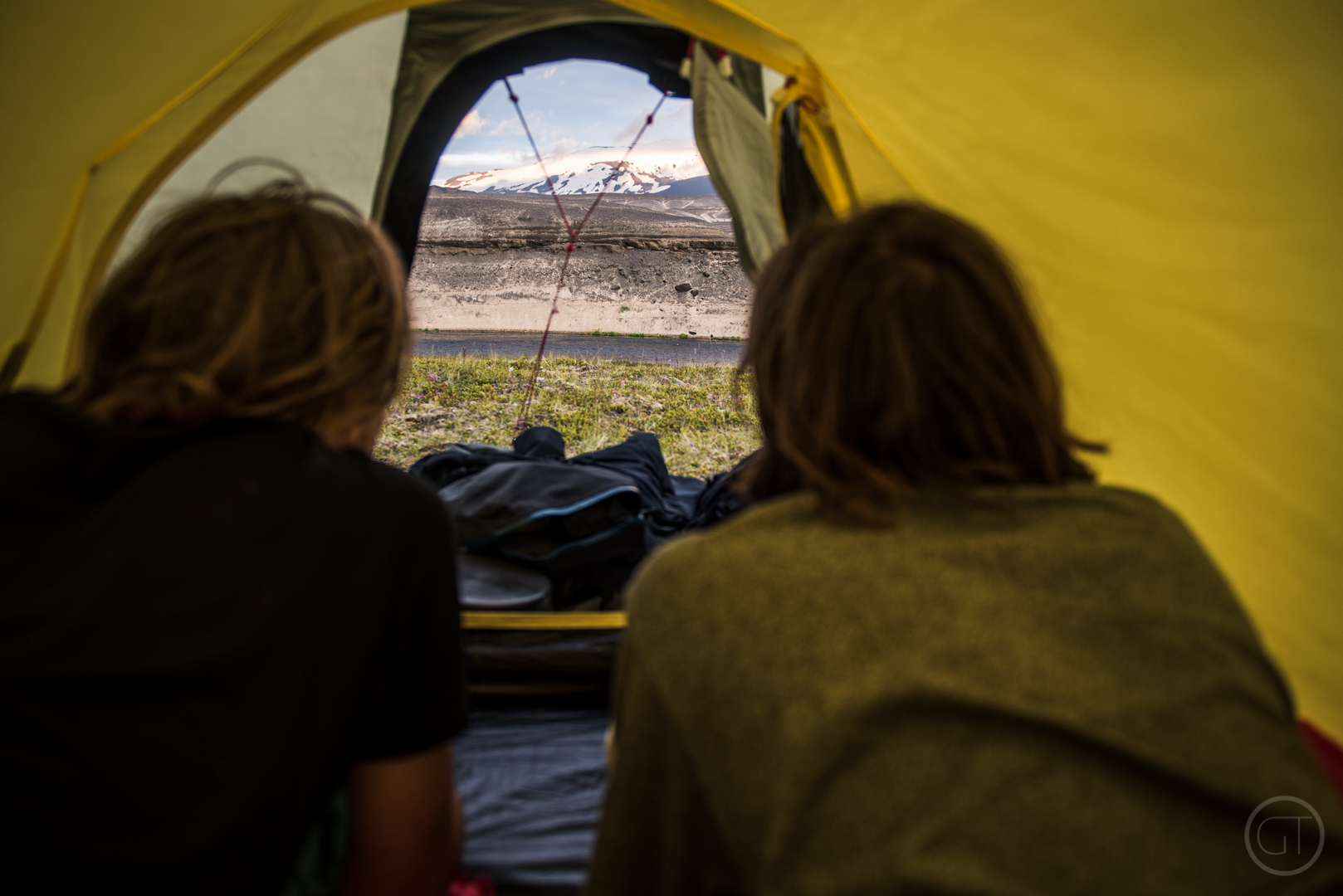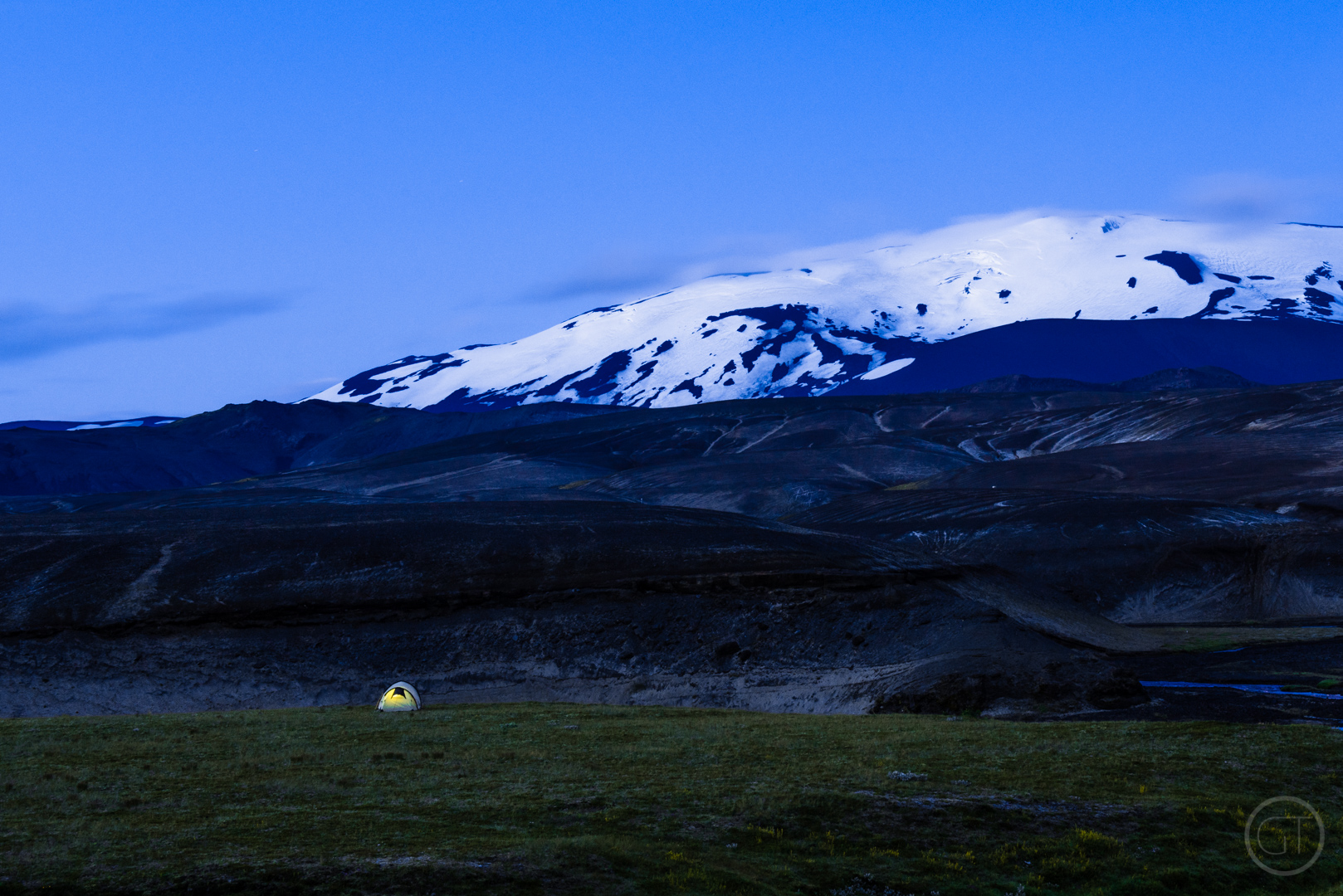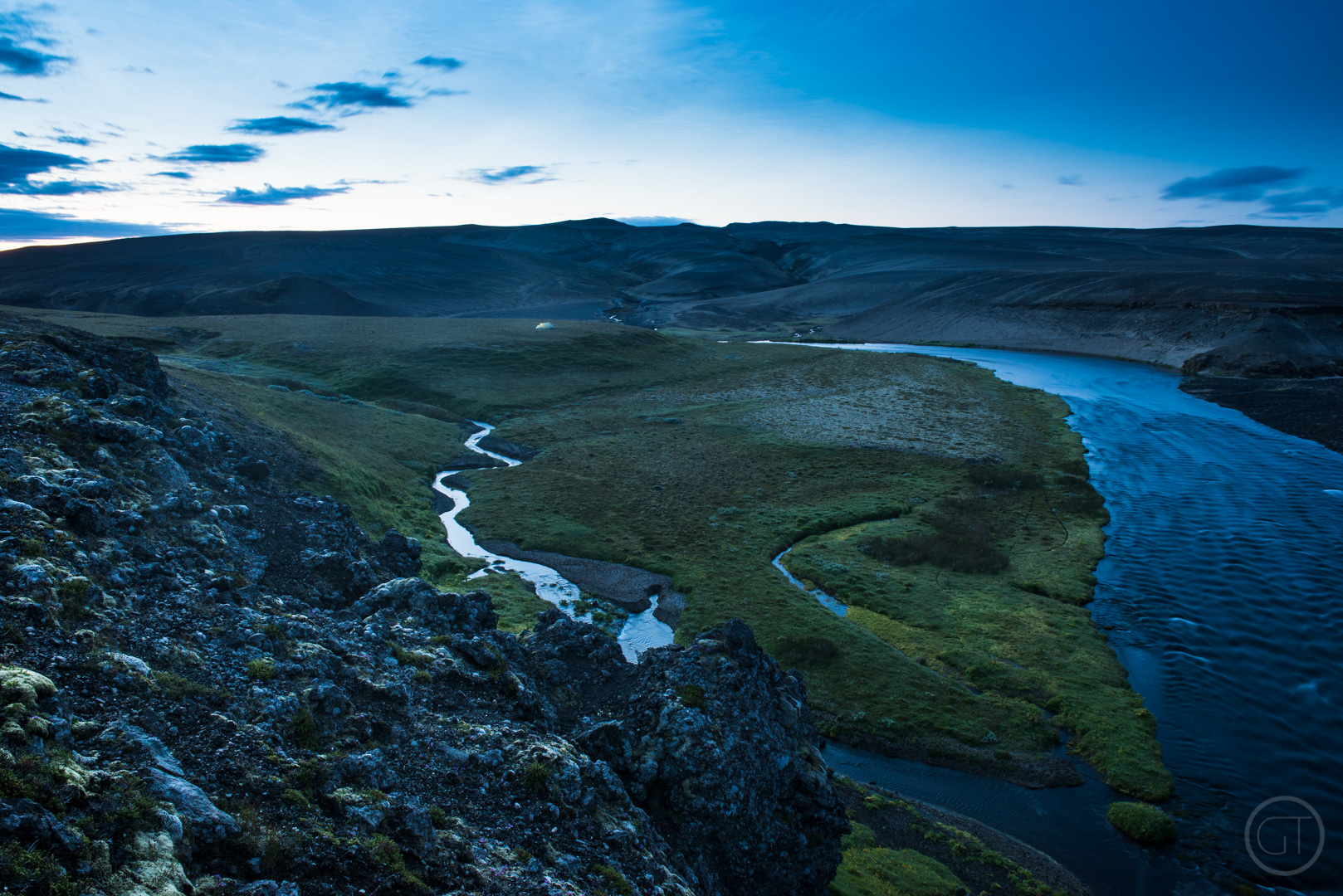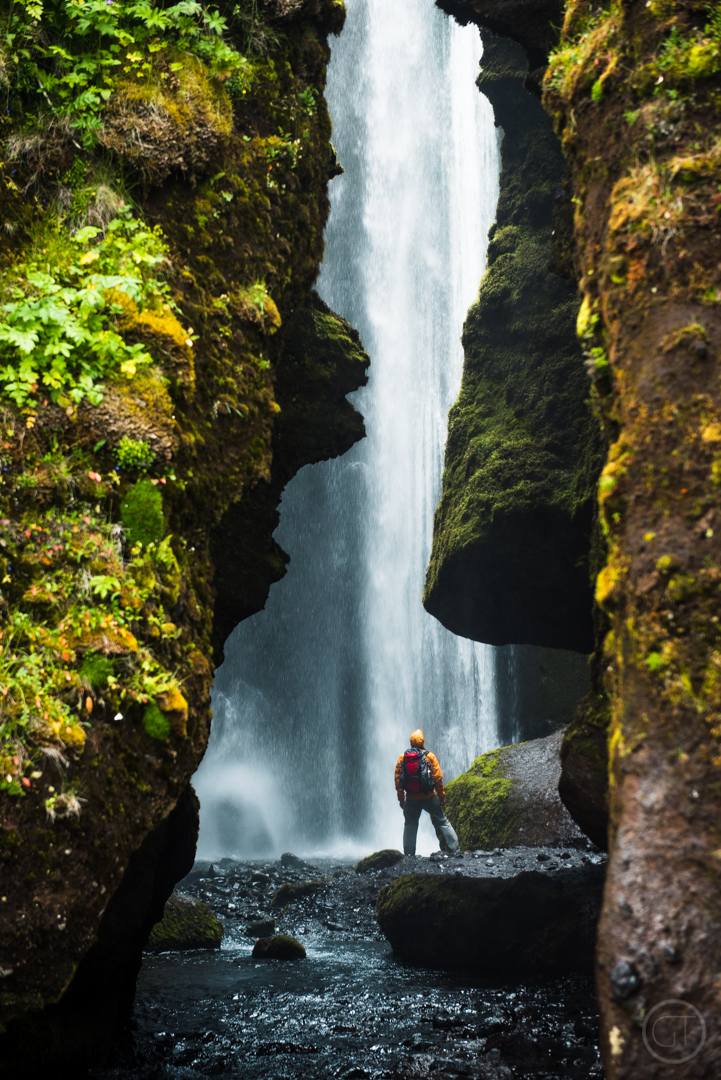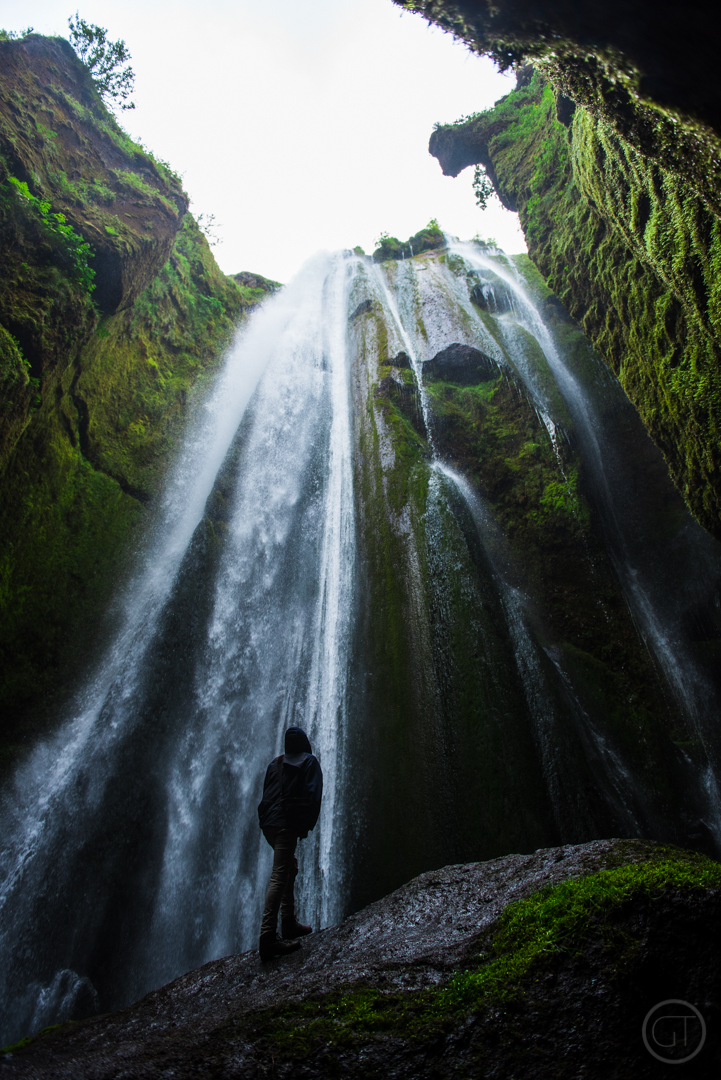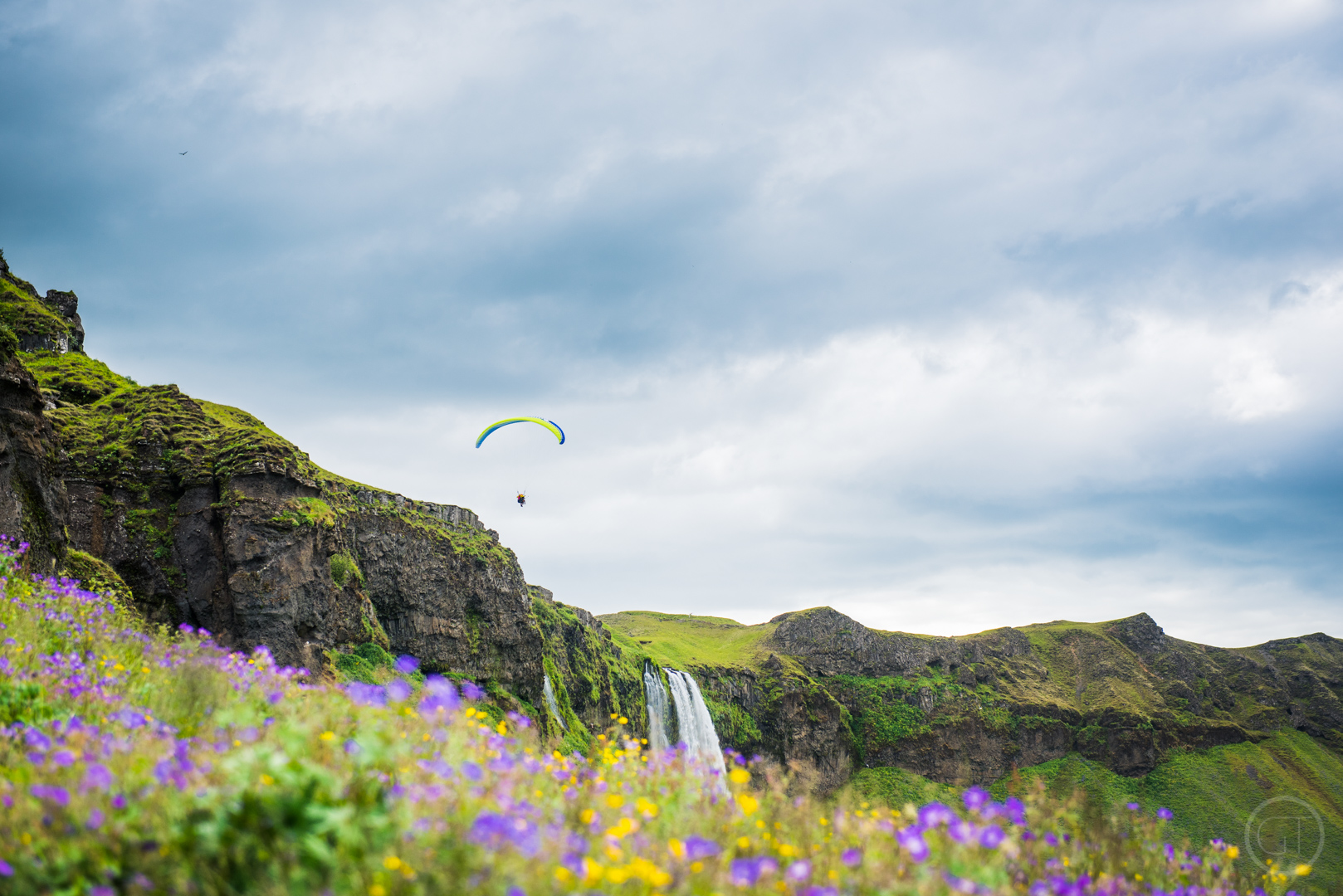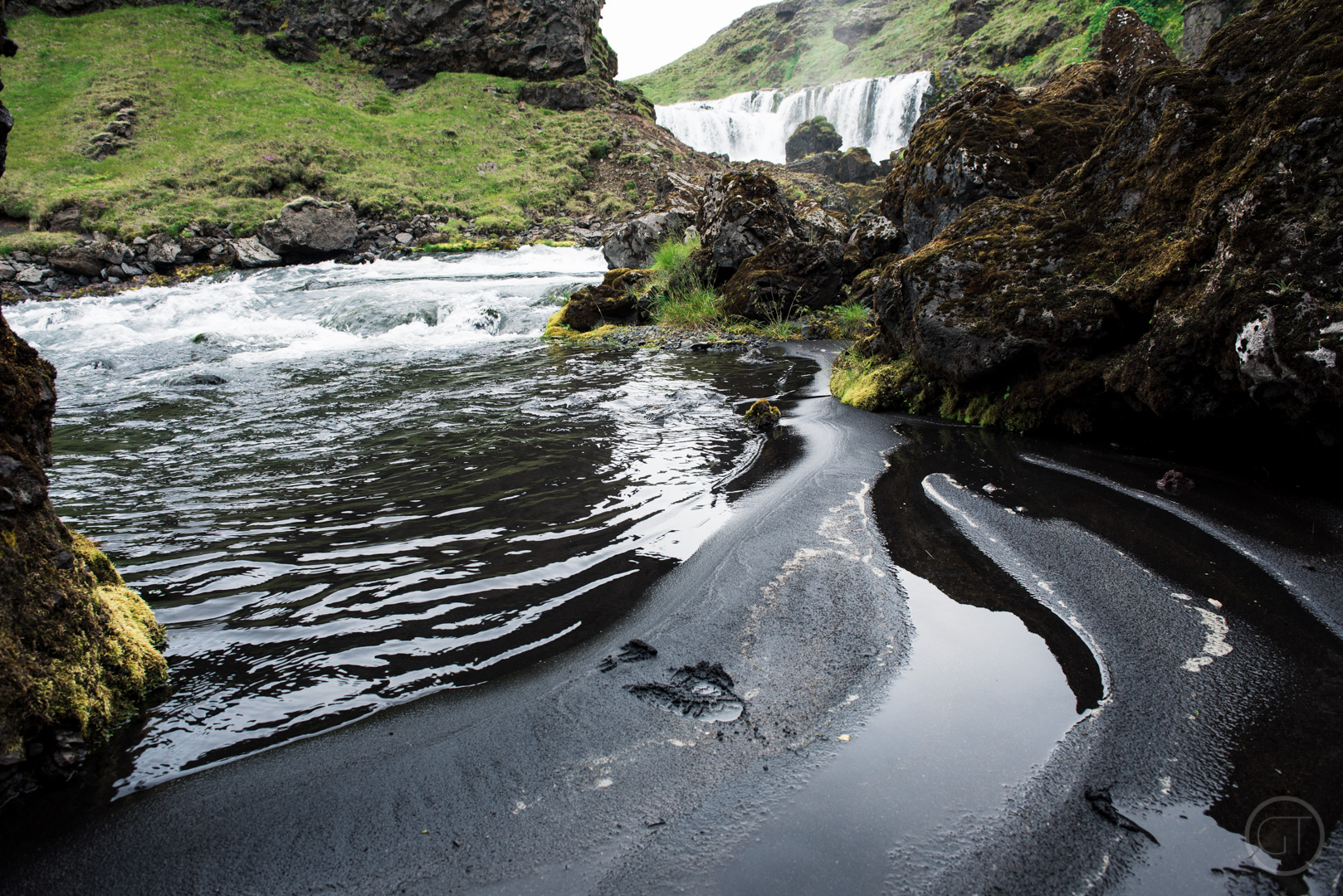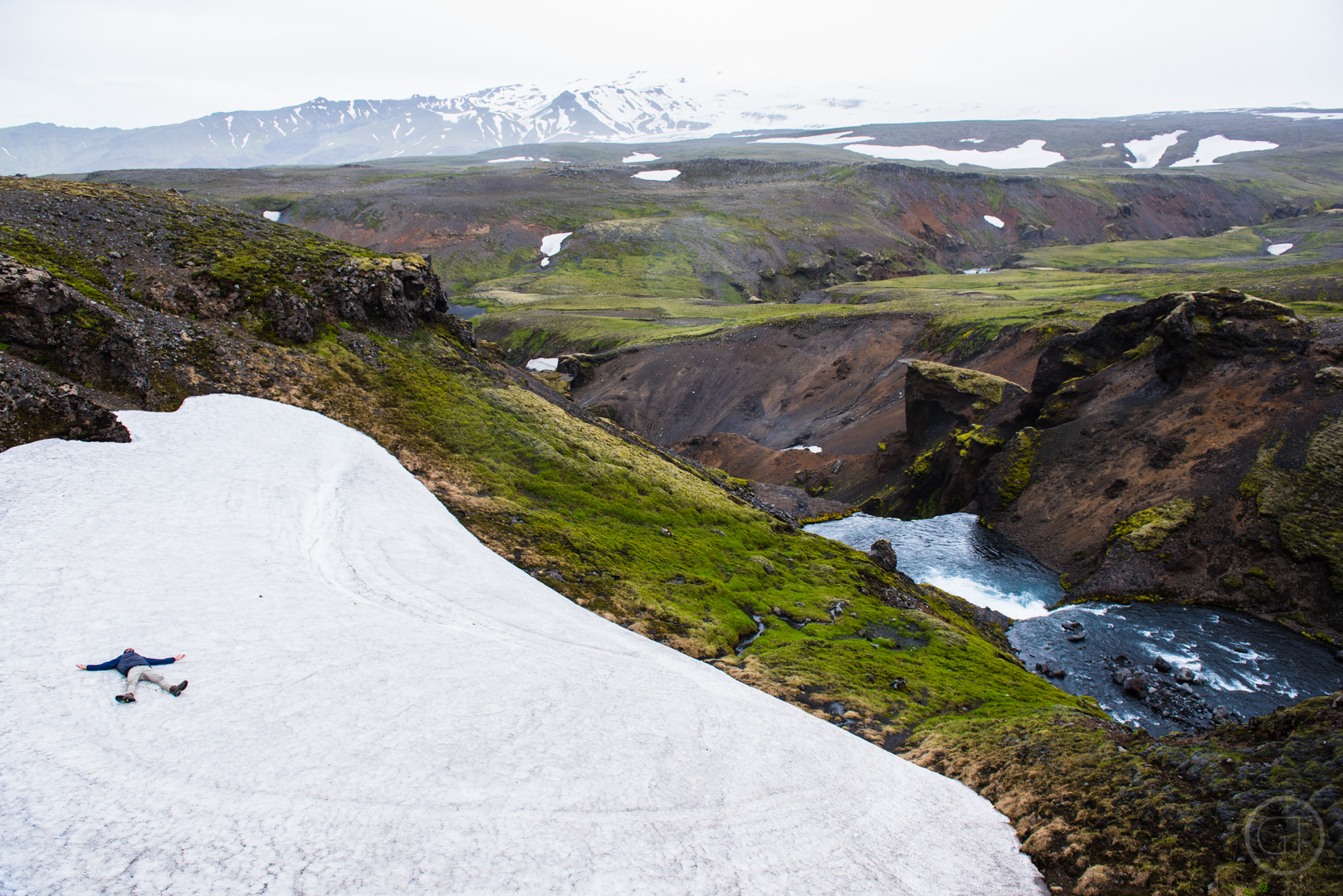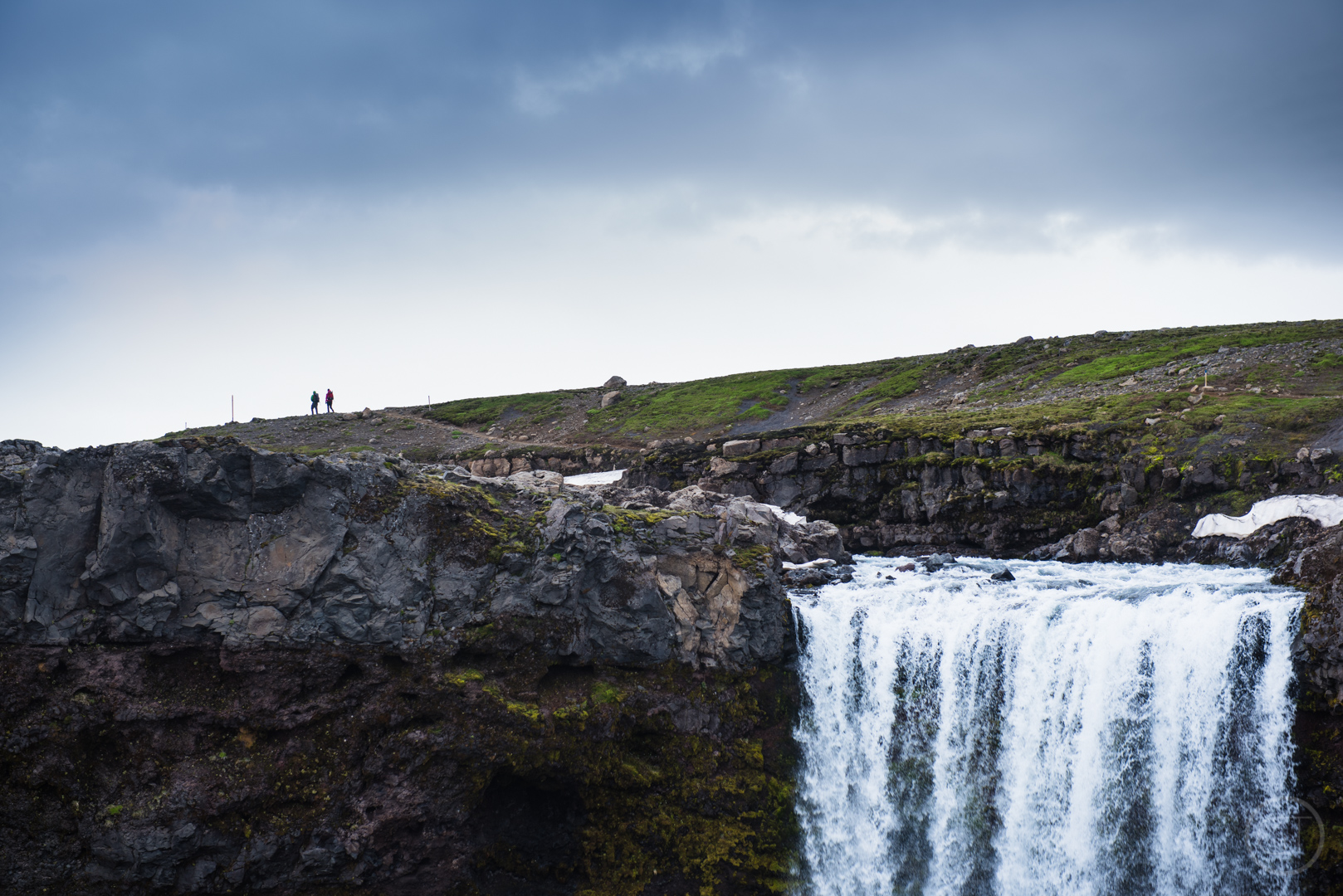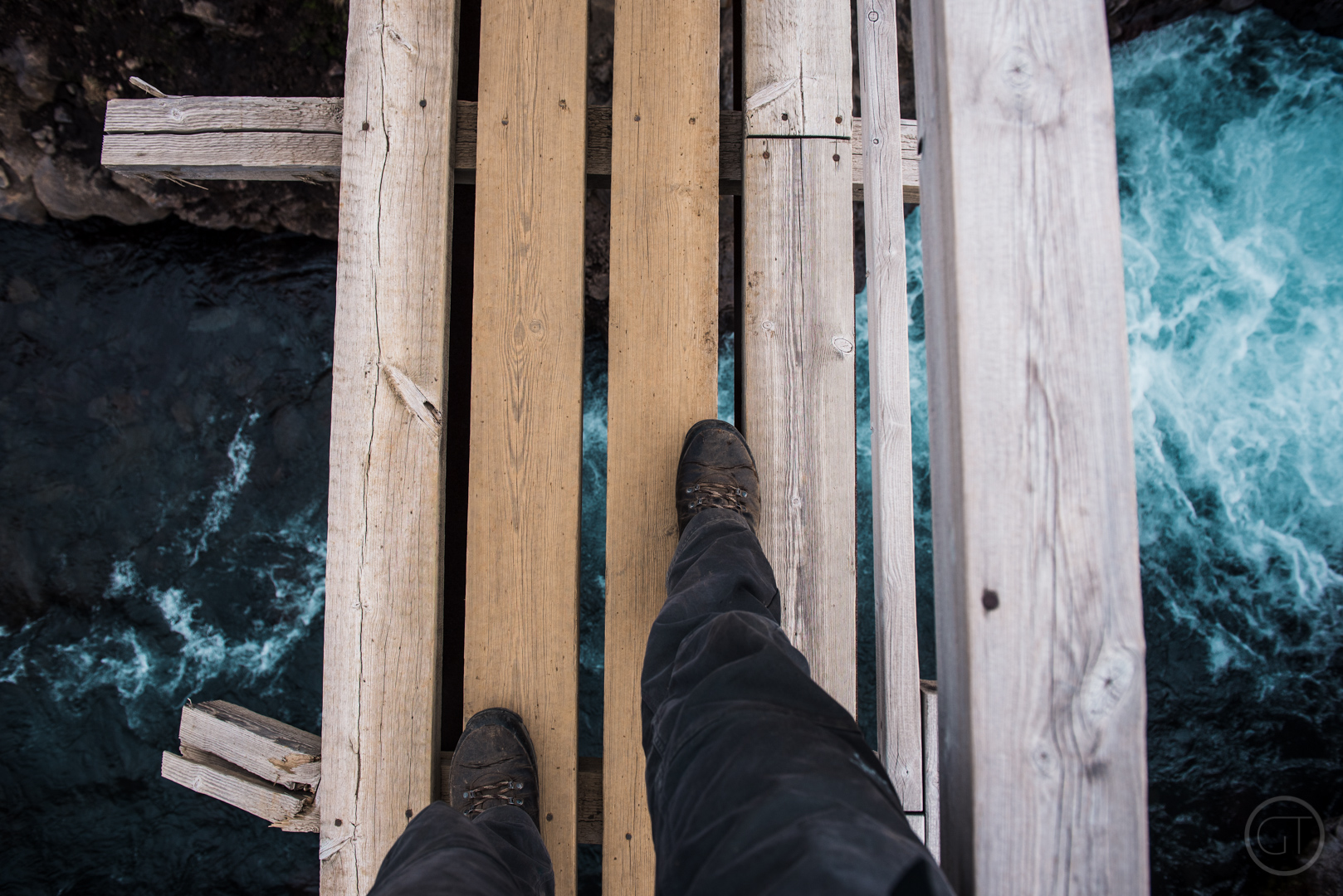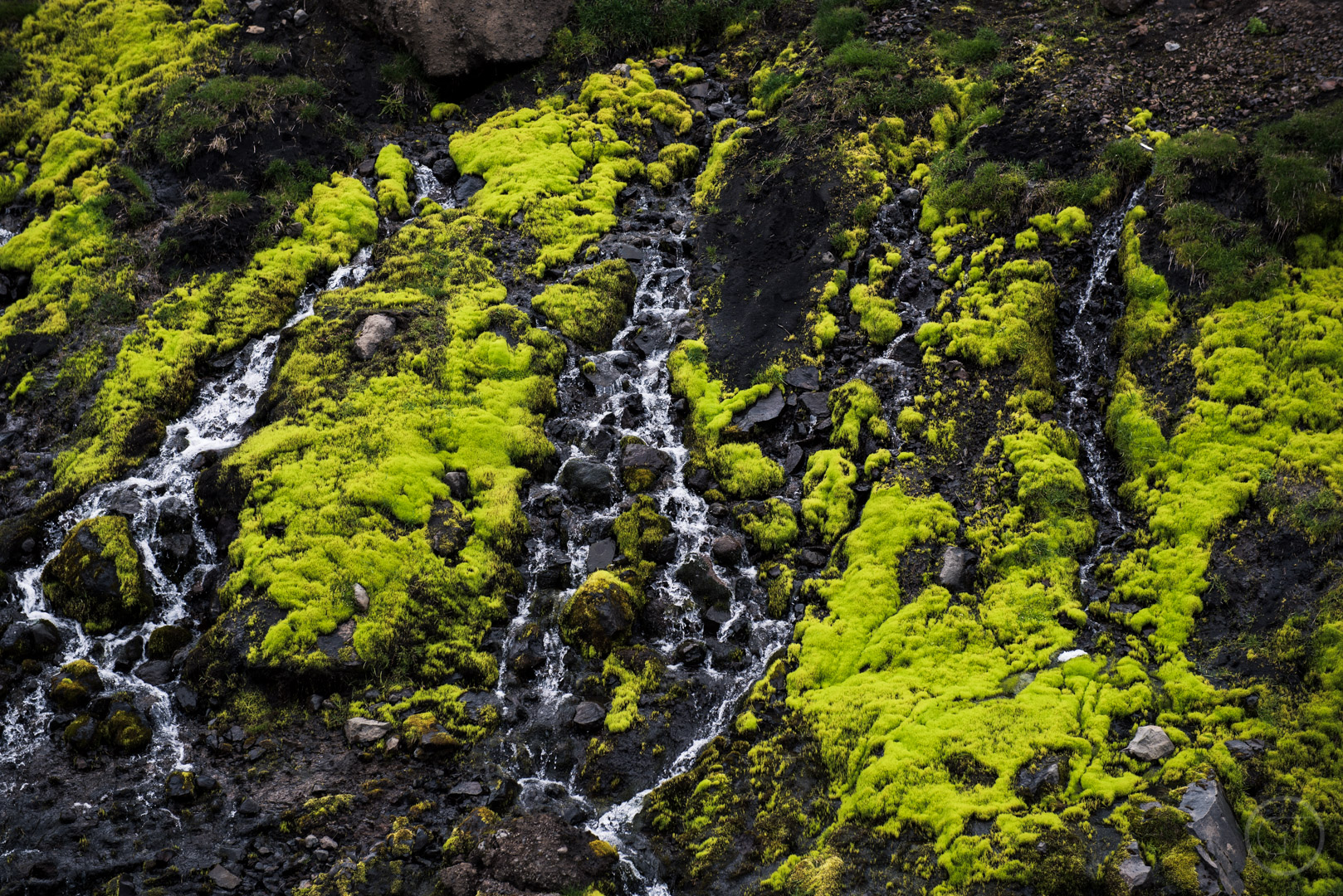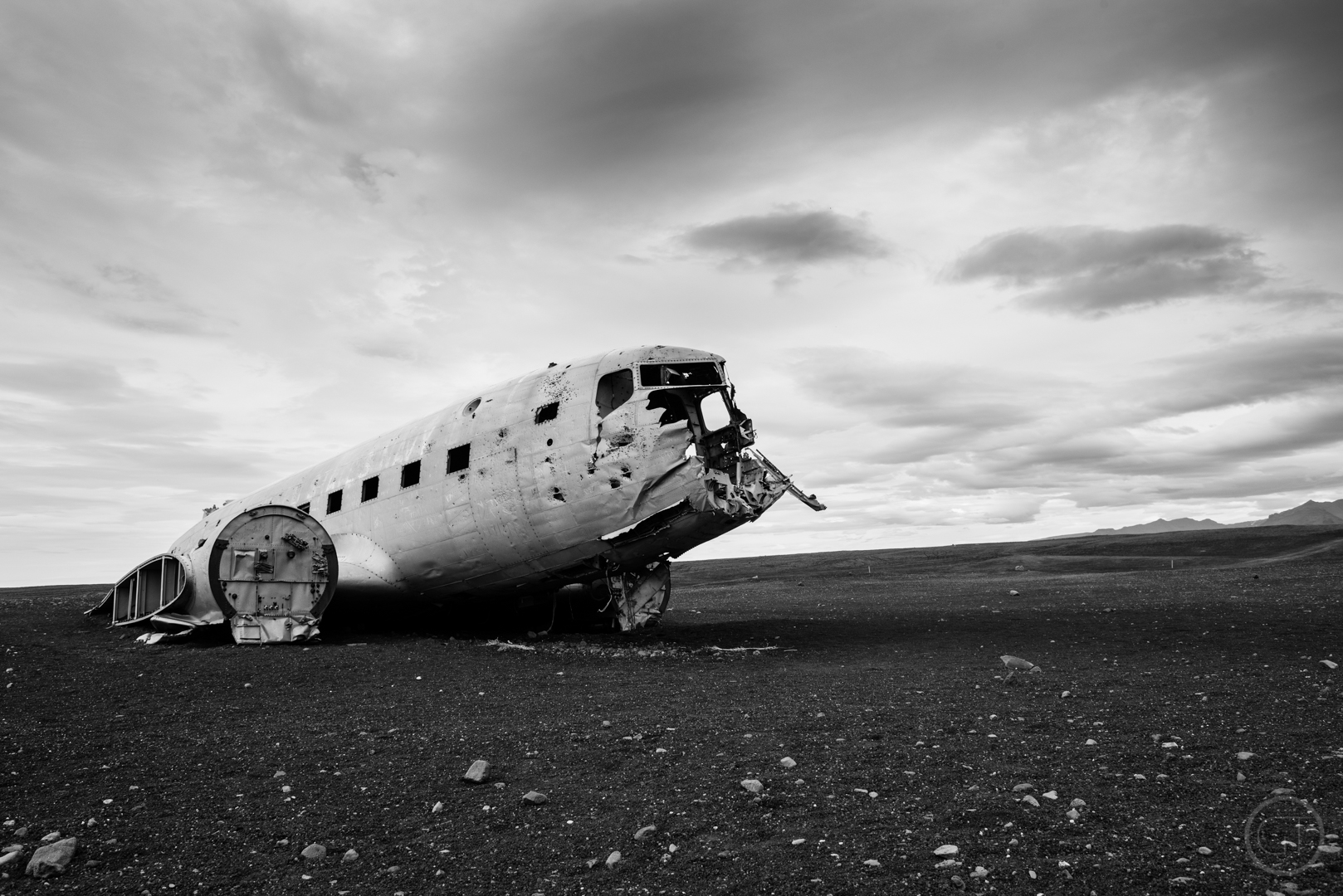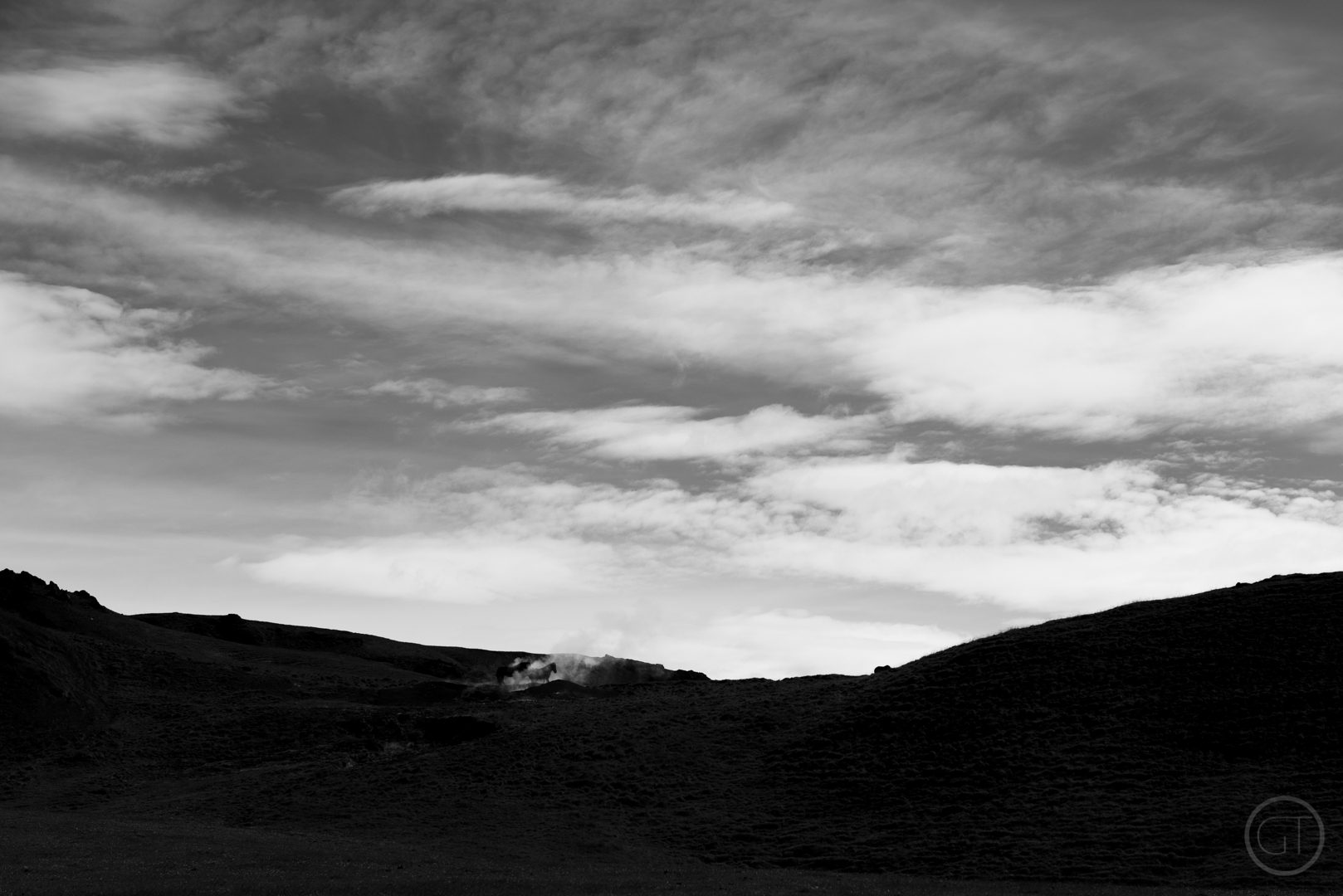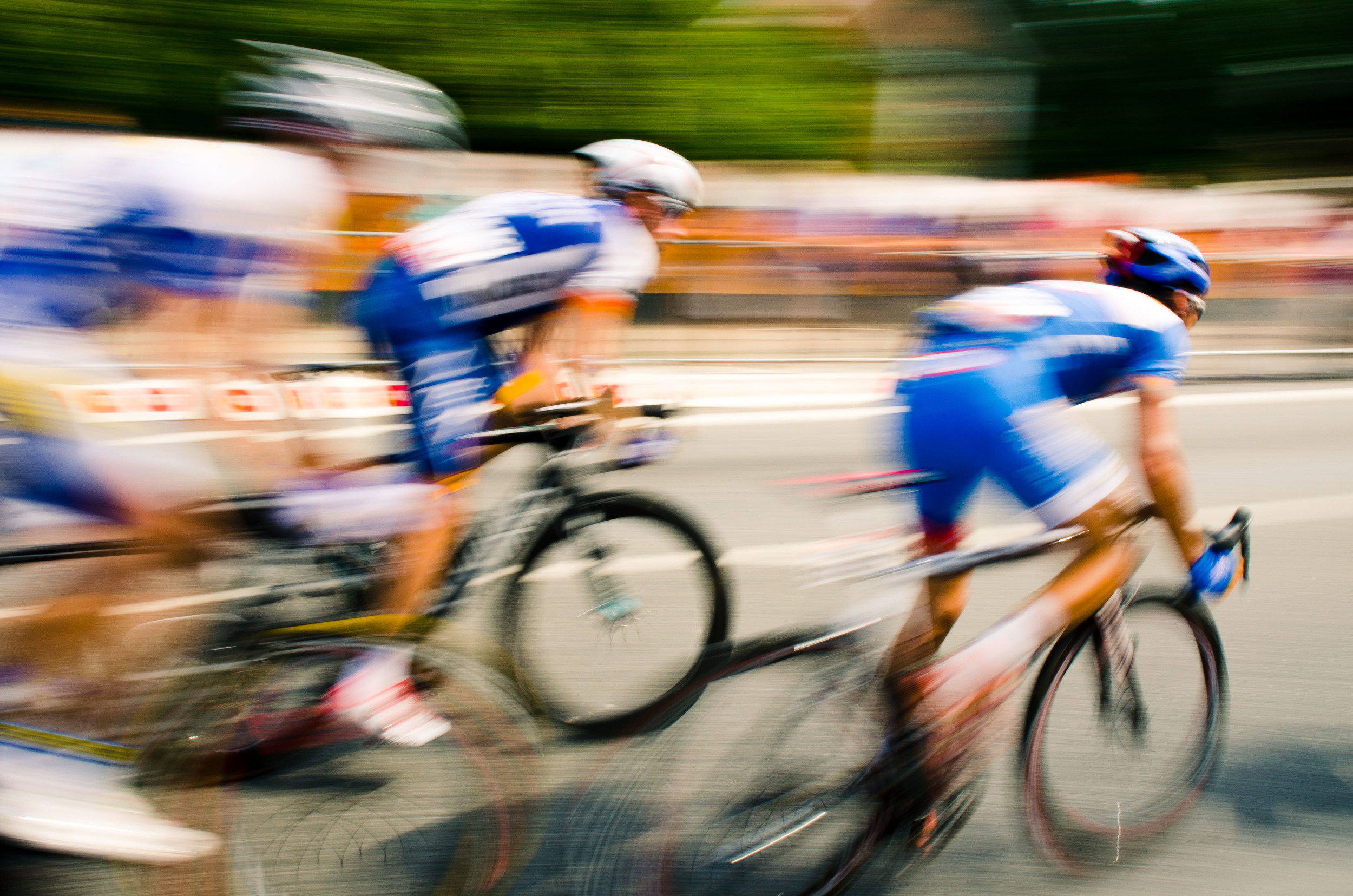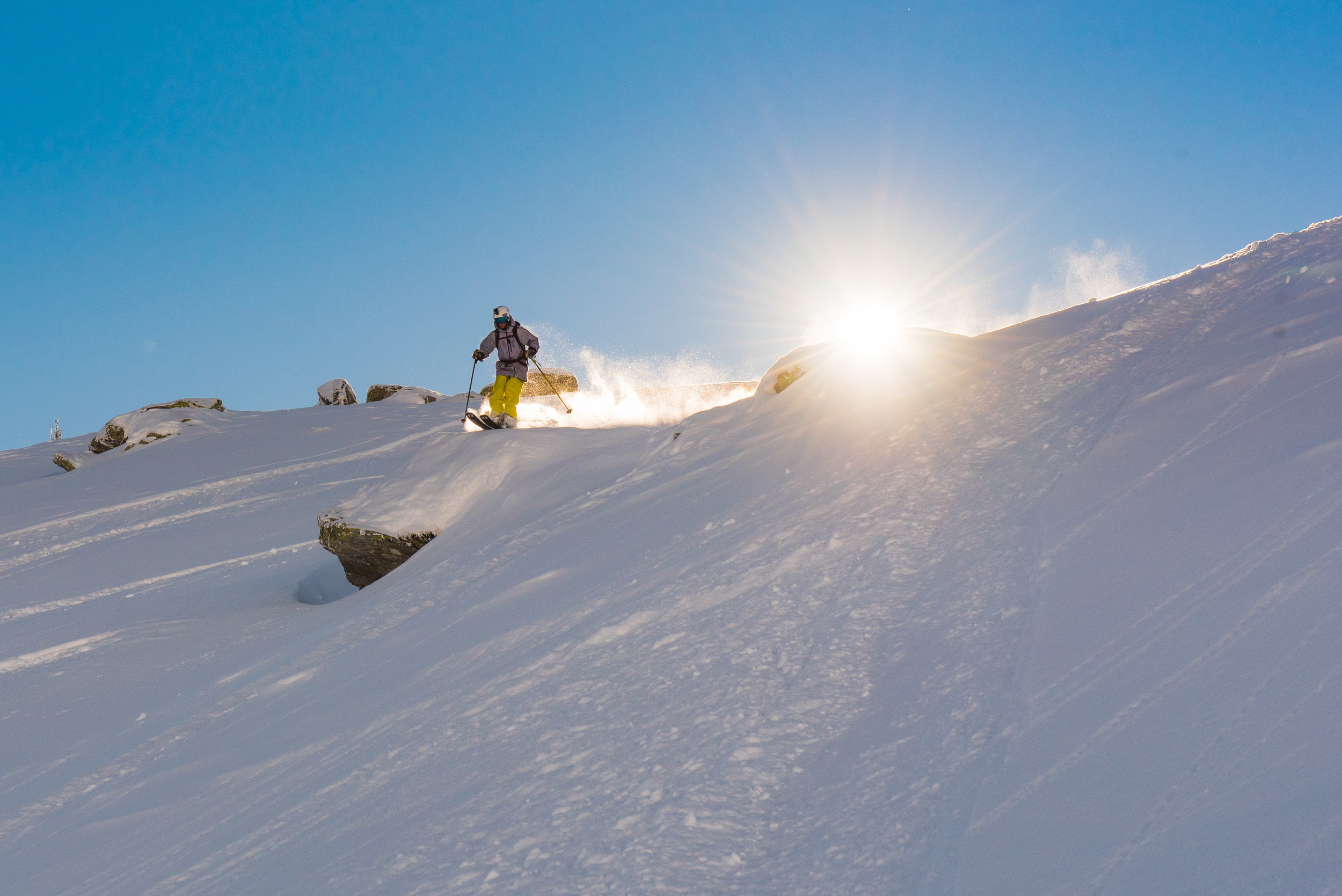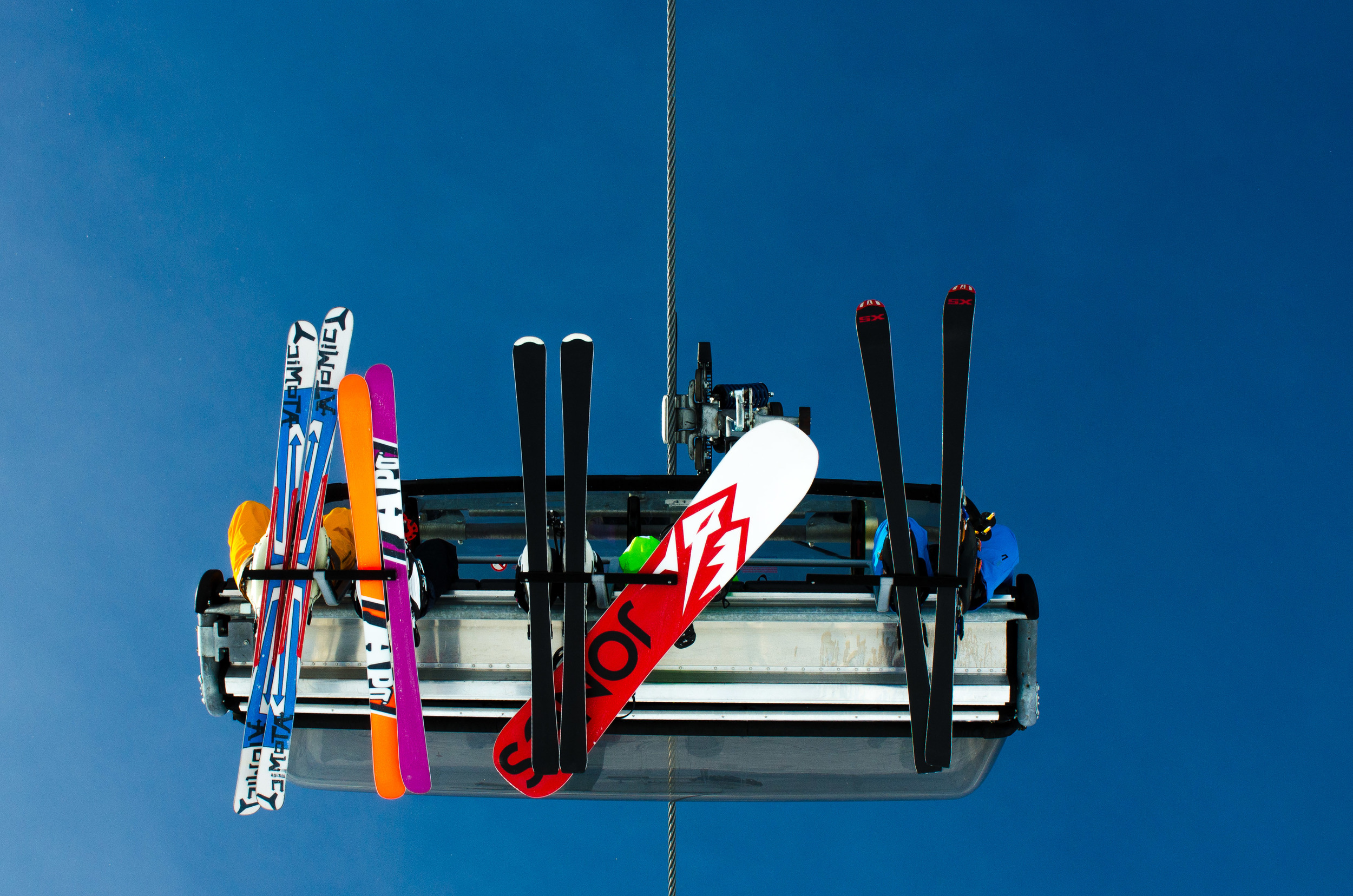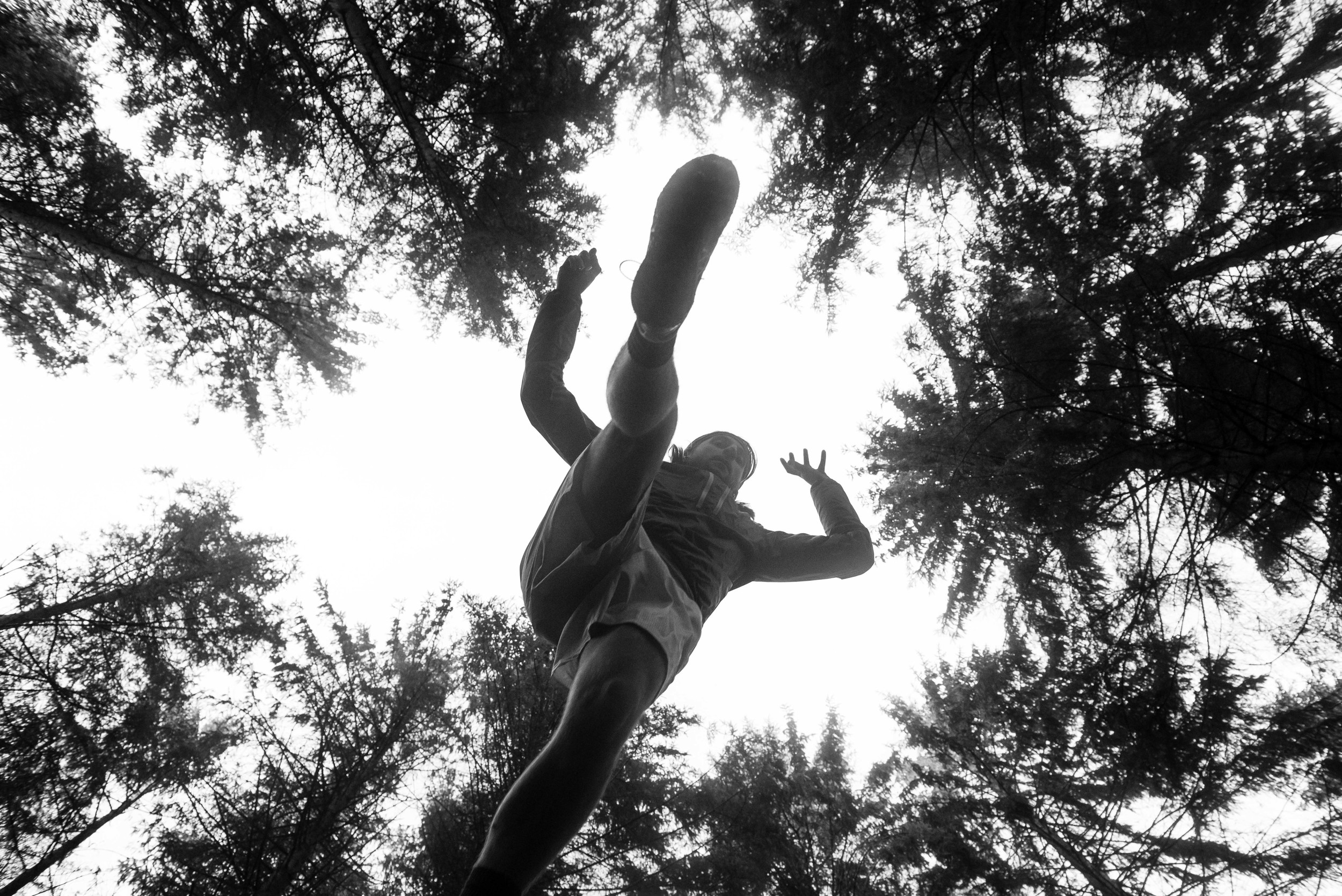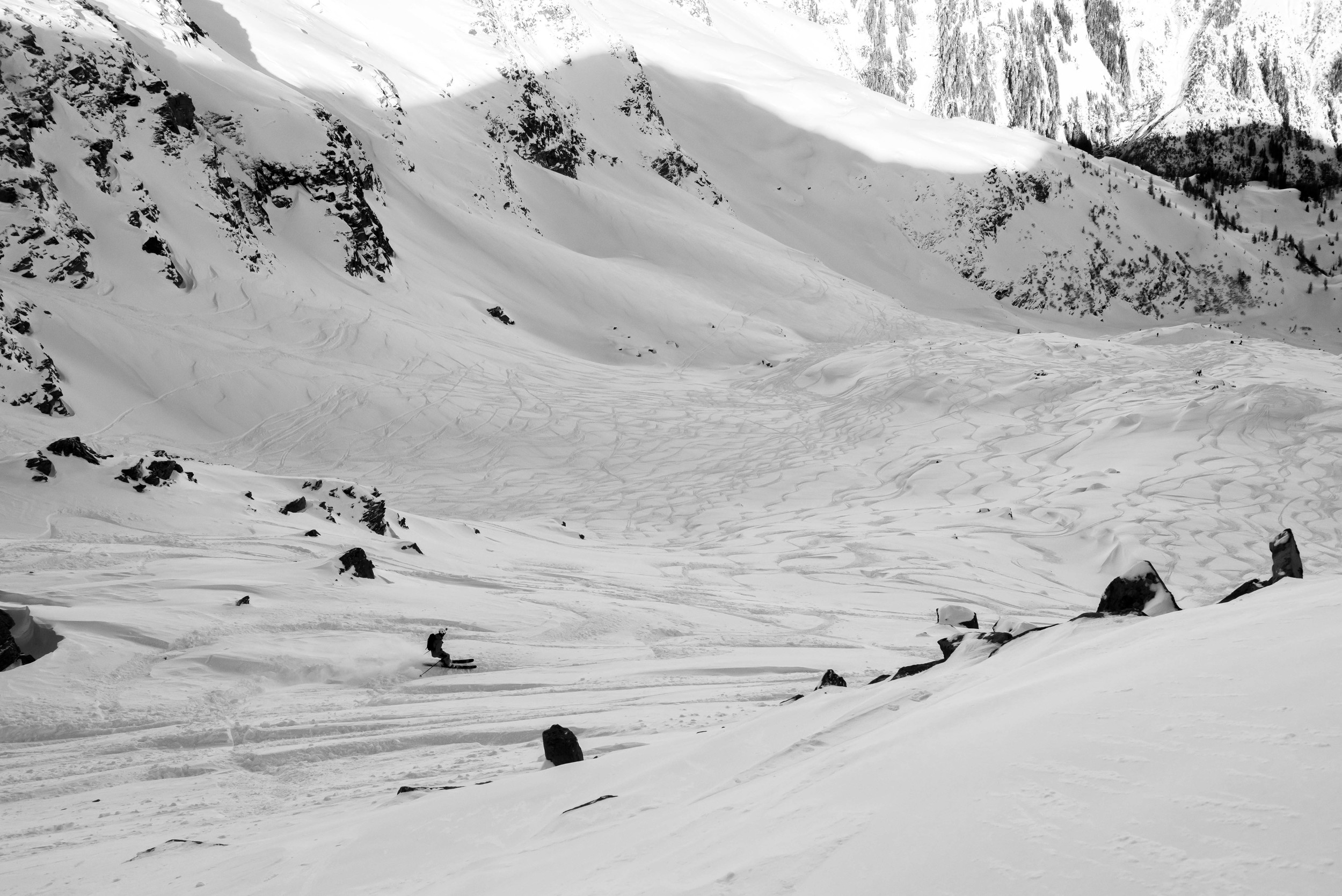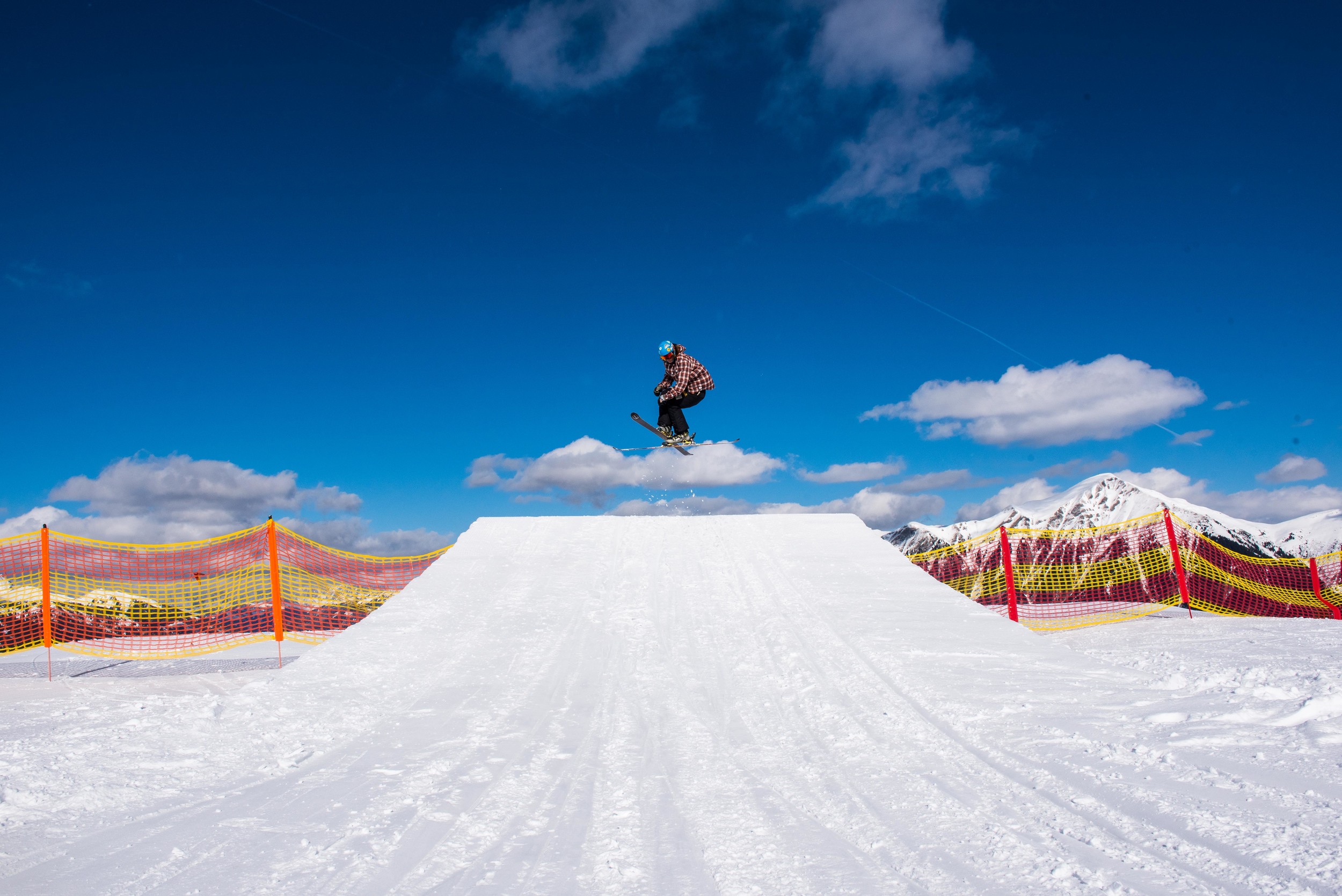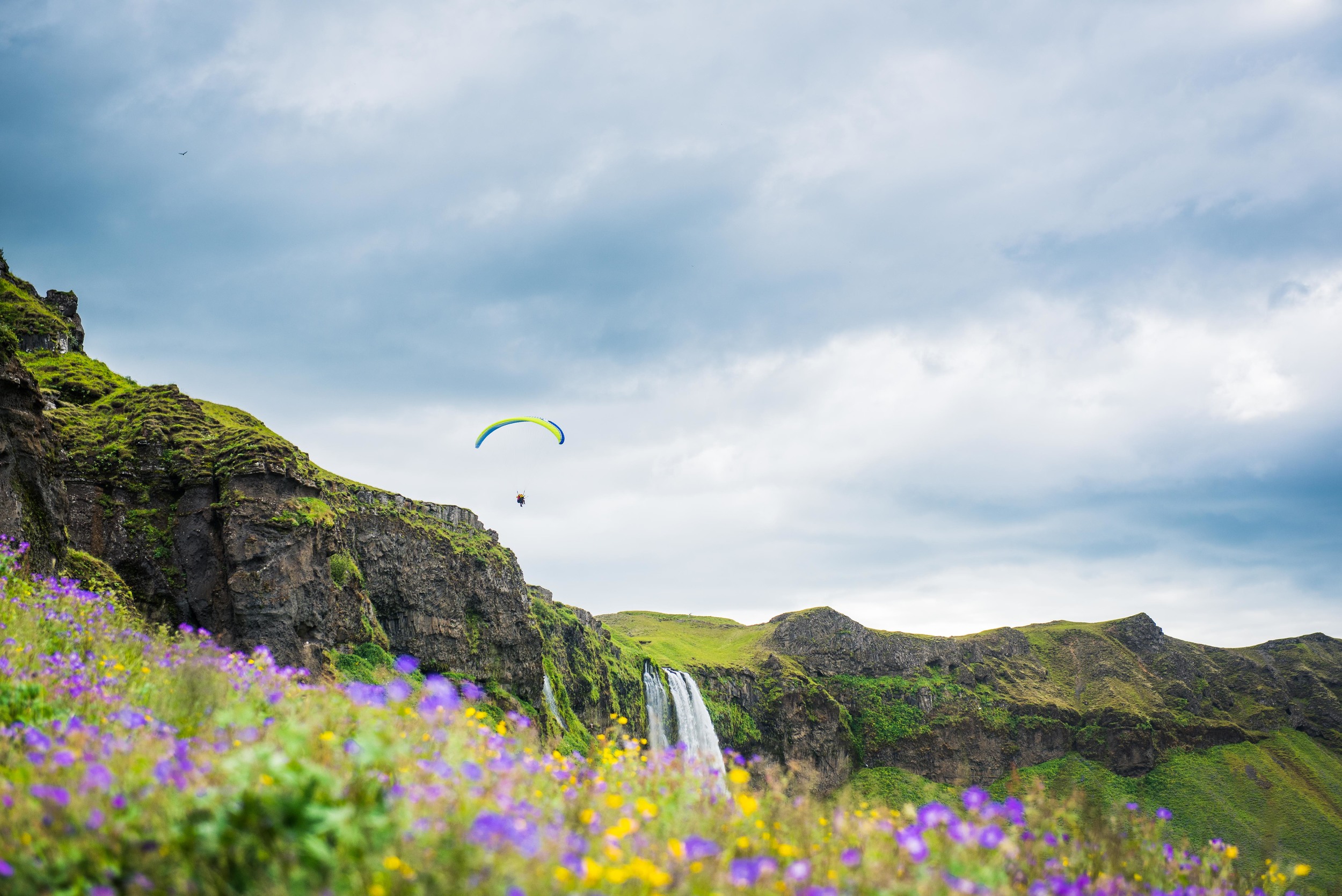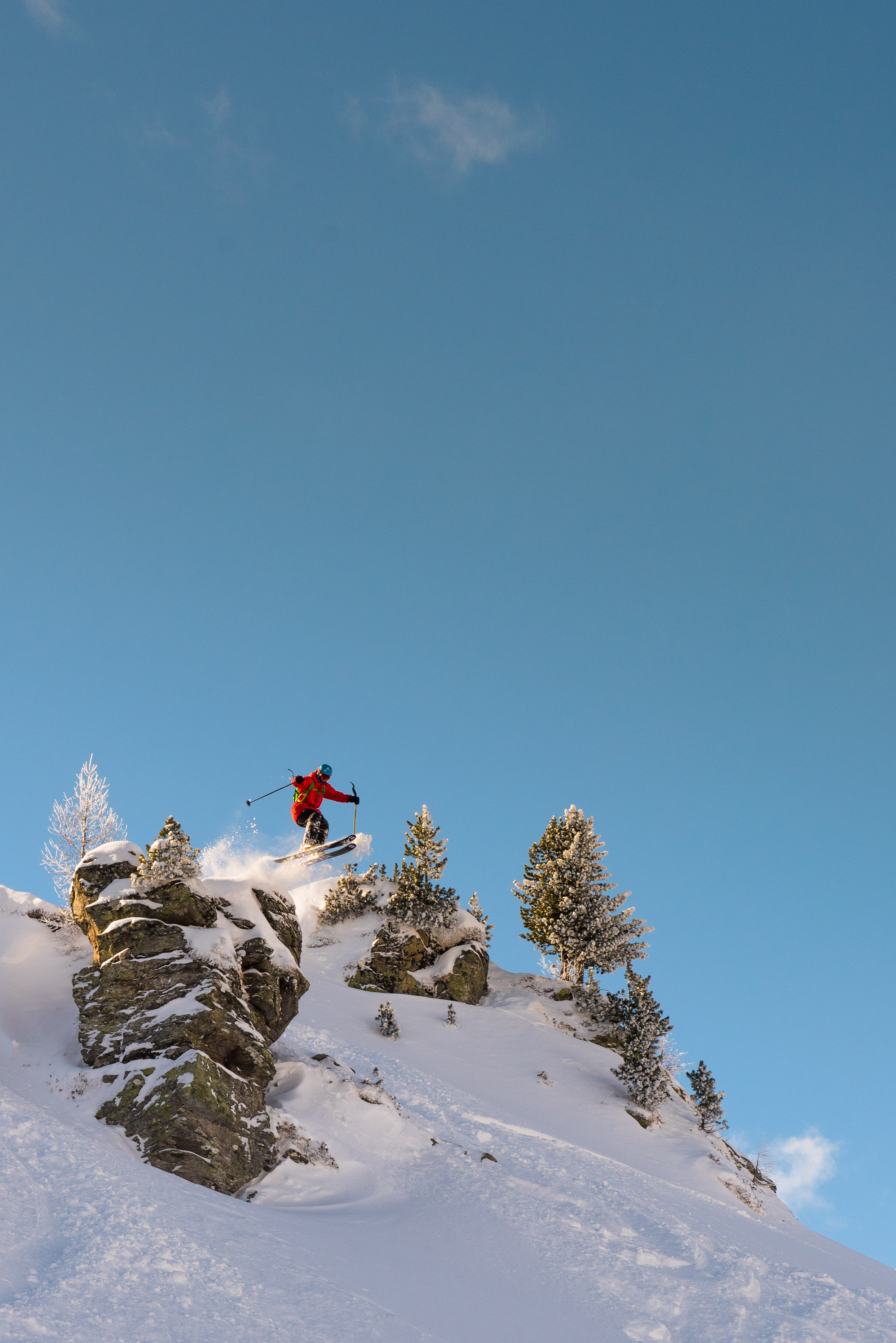Many people look at the M on the mode dial with awe. Maybe they have tried it once and the photos ended up either underexposed (dark and blurry) or overexposed (too light). In this blog post I want to give a primer on how to take control in manual mode. I will not go too much in depth I just want to give you the basic tools to understand your camera and expand your creativity.
Cut to the bone a camera has three settings that matters:
ISO
_Light: Adjusts the light sensitivity of the sensor. The higher the number the more sensitive to light.
_Superpower: Can lighten up dark scenes at the cost of image noise.
Aperture
_Light: Adjusts how “open” the lens is. Think of it as an eye. Large pupil takes in more light. The lower the number the larger the pupil - more light is let in.
_Superpower: Can blur out the out of focus parts (low number) or make everything in focus (high number).
Shutterspeed
_Light: Adjusts for how long time the sensor will be exposed to light. Too slow shutter speed makes for blurry photos. A general rule of thumb is: the shutter speed should be at least the same as the focal length i.e. 50 mm focal length = 1/50th, 200 mm = 1/200th and so on.
_Superpower: can freeze high speed action or make some artistic slow shutter speed photos with e.g. light trails.
This holy trinity all affect the final exposure. Adjust one and it is necessary to adjust at least one more to get a correct exposure.
These three settings are often referred to as the exposure triangle. Let’s say to have a perfect exposure this triangle has to be perfectly equilateral (all sides are equally long).
I’ll make an example:
First I have perfect exposure.


